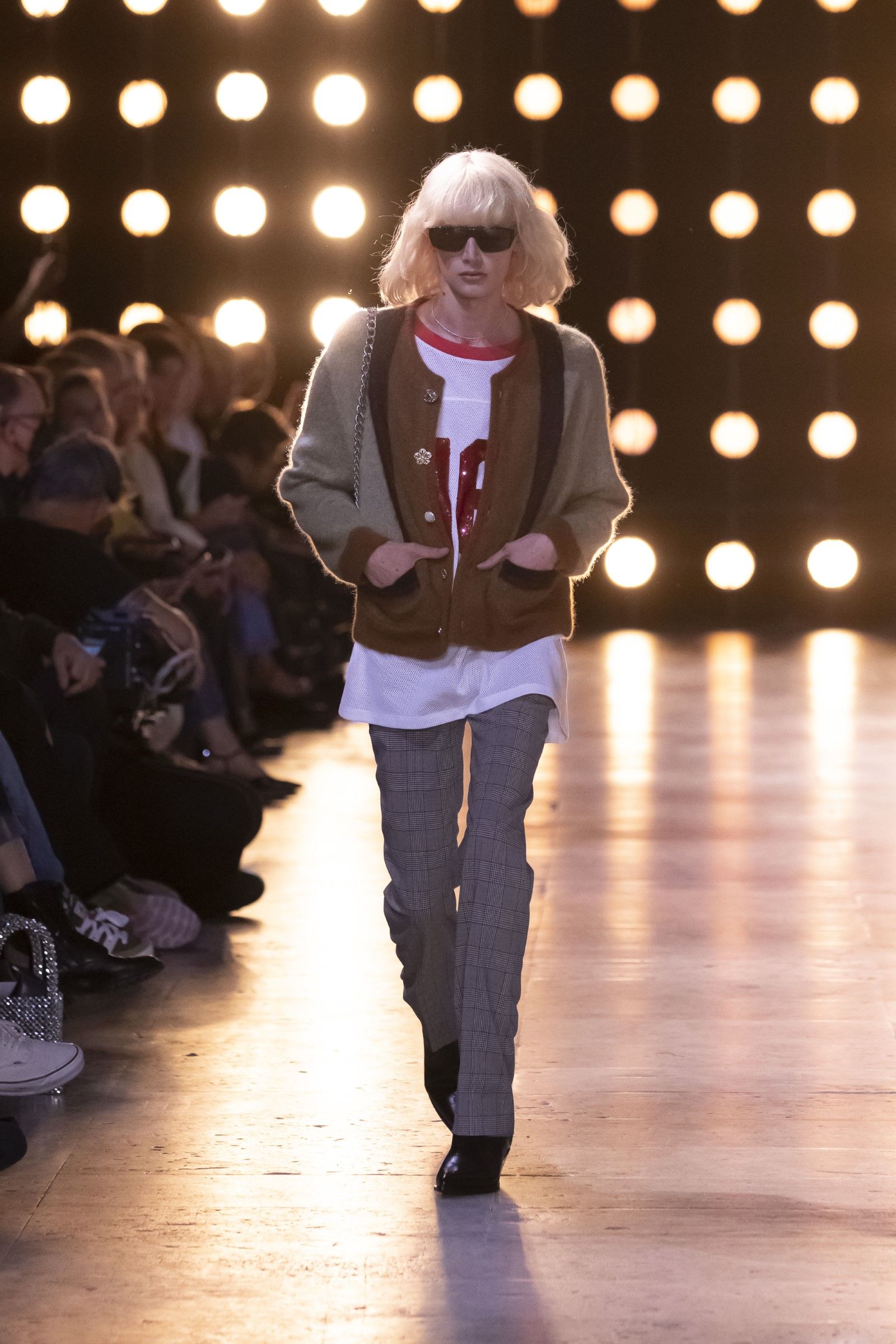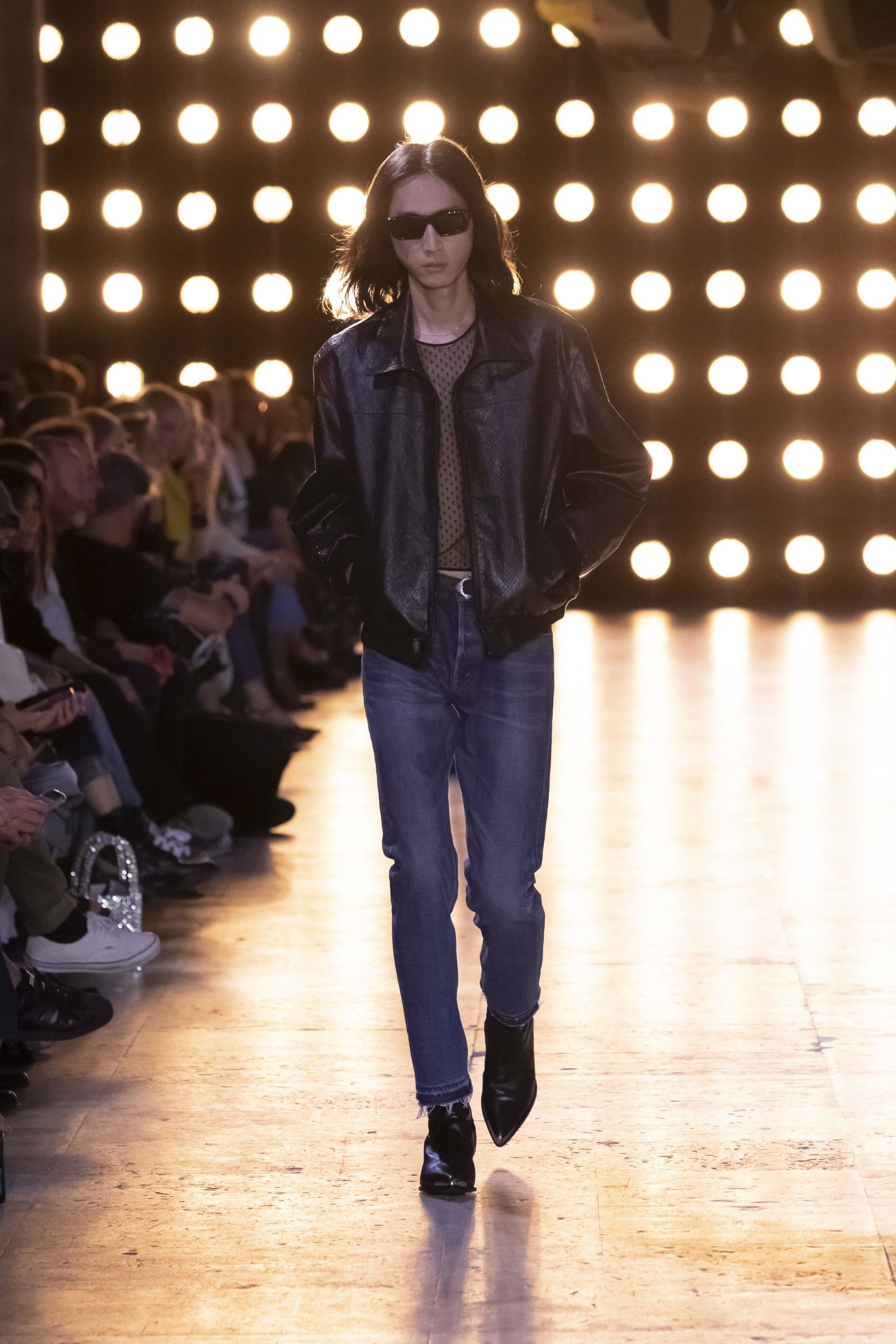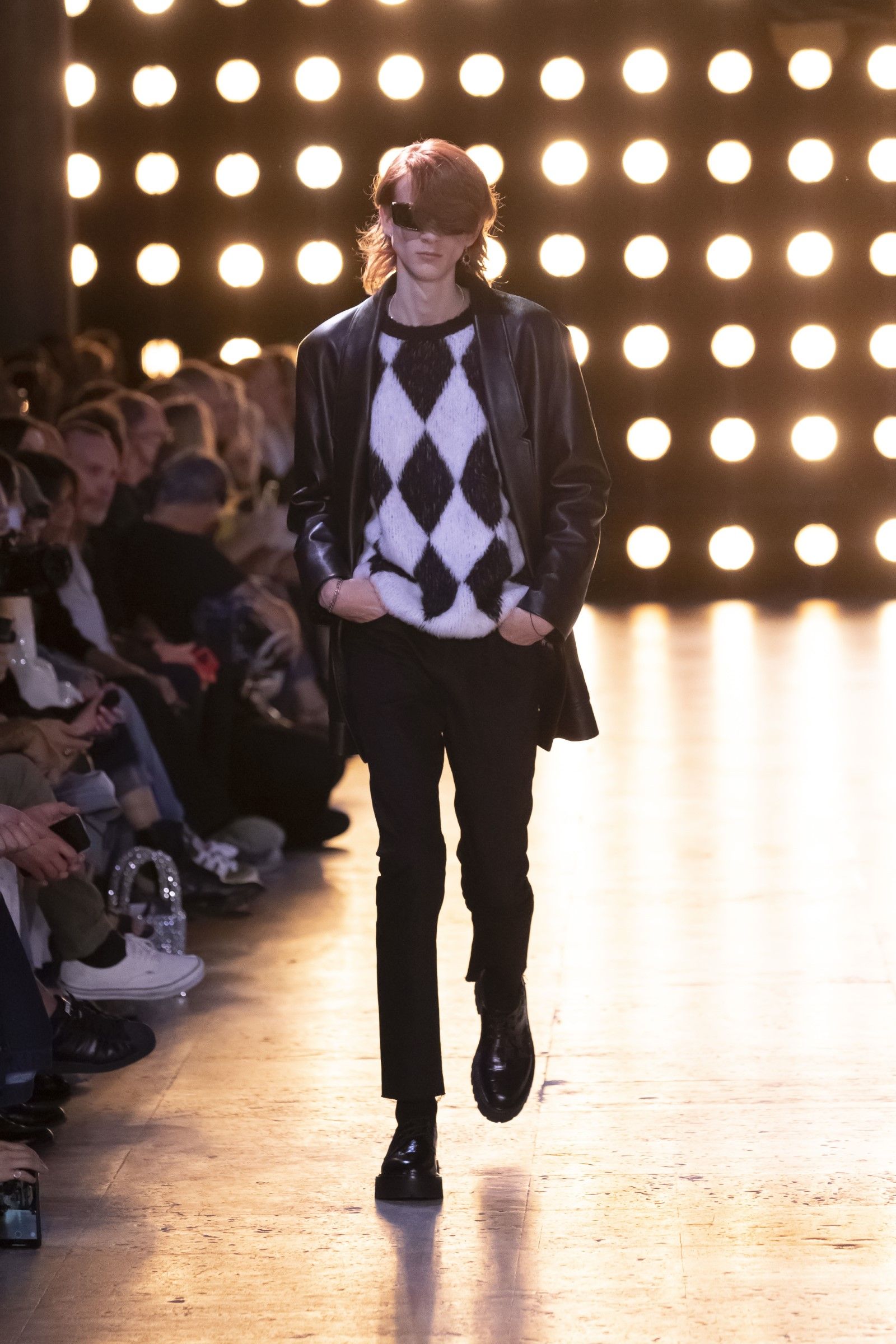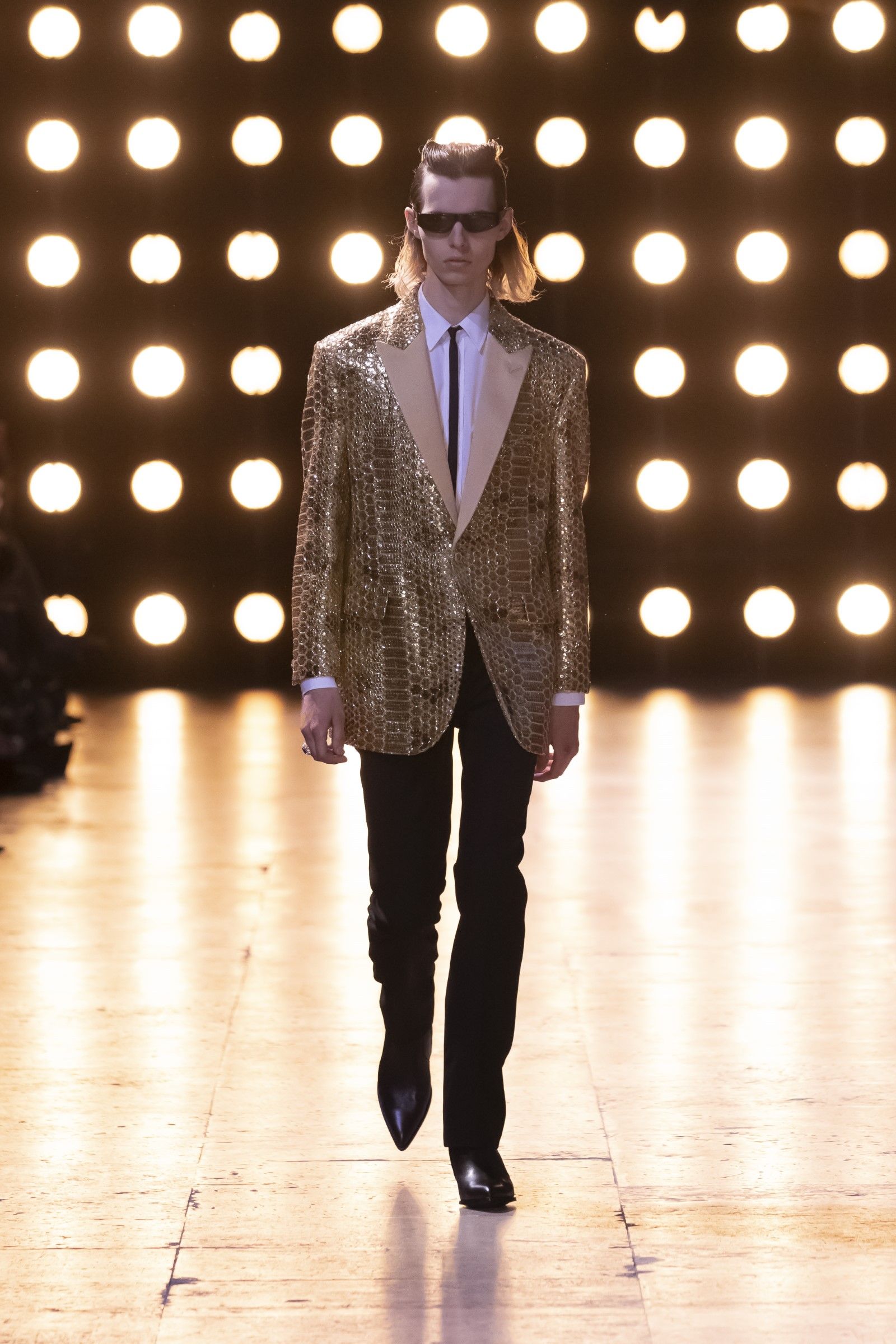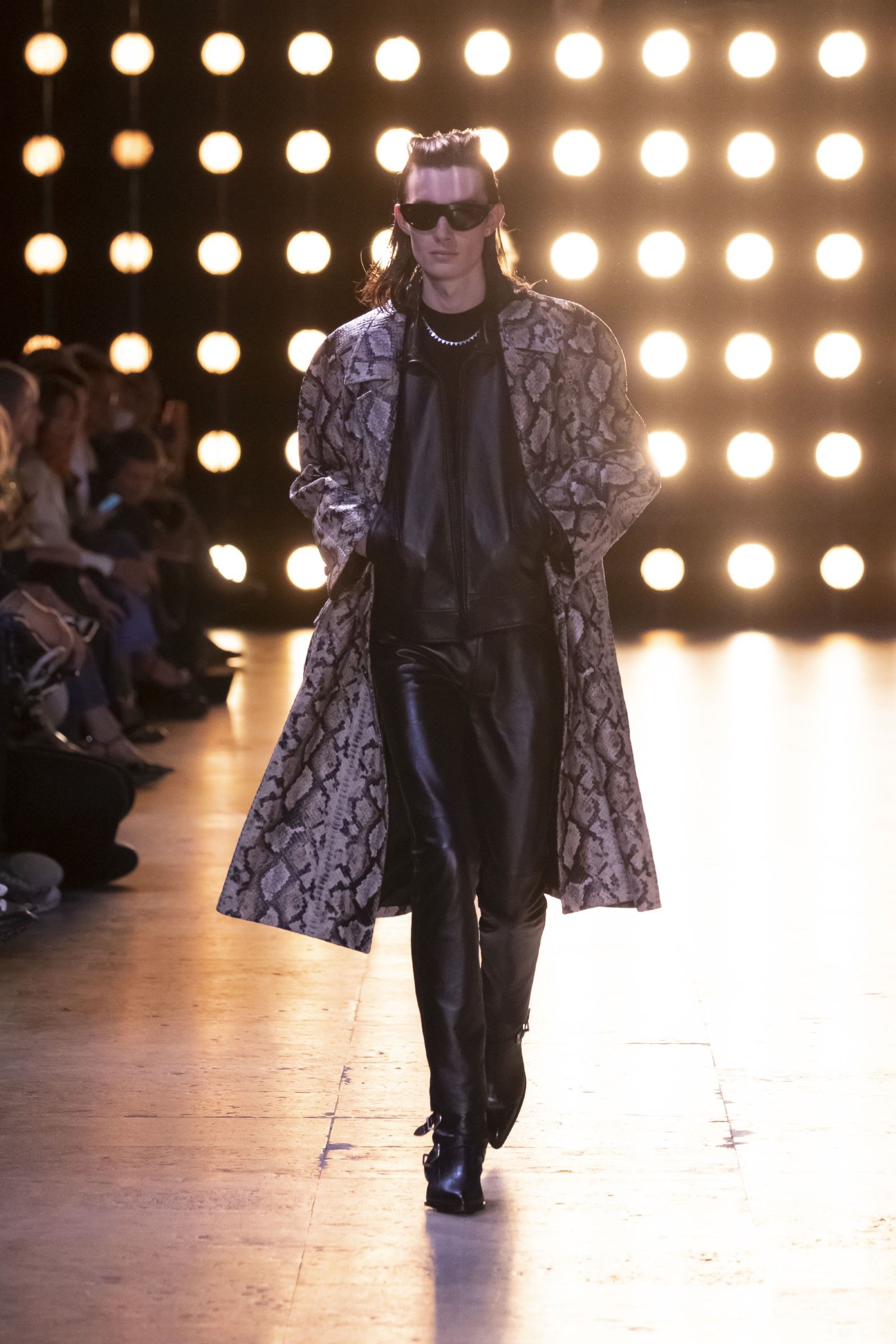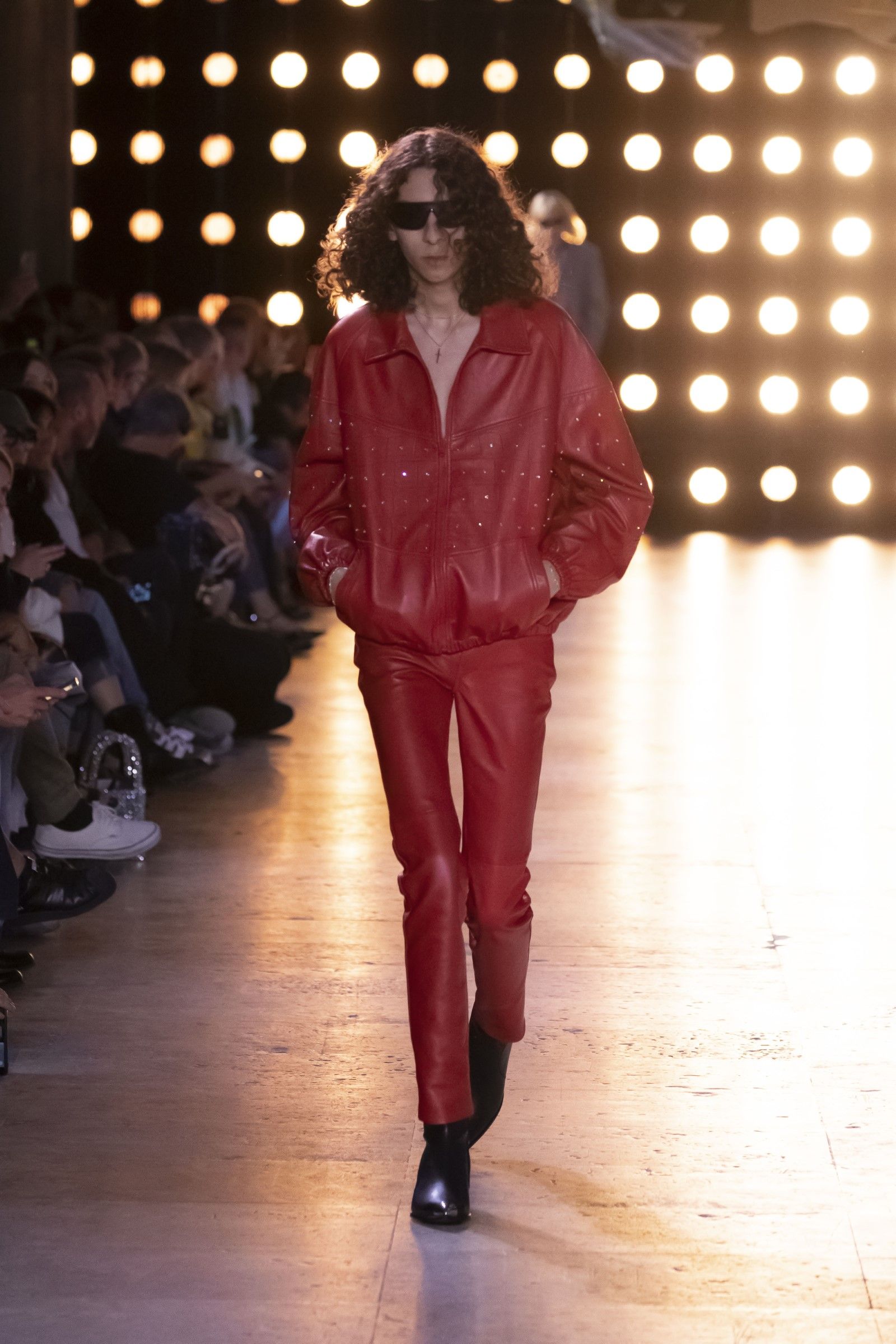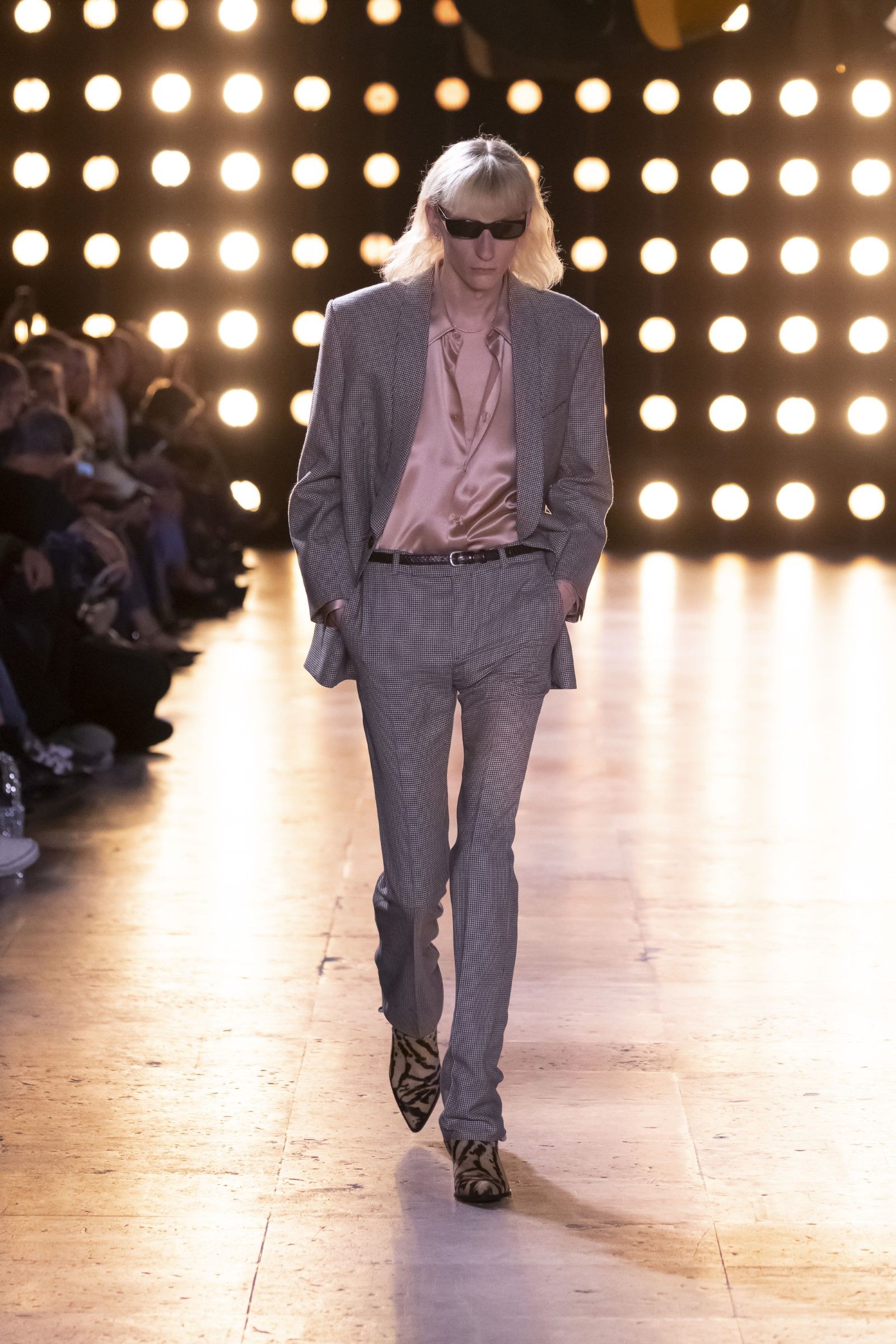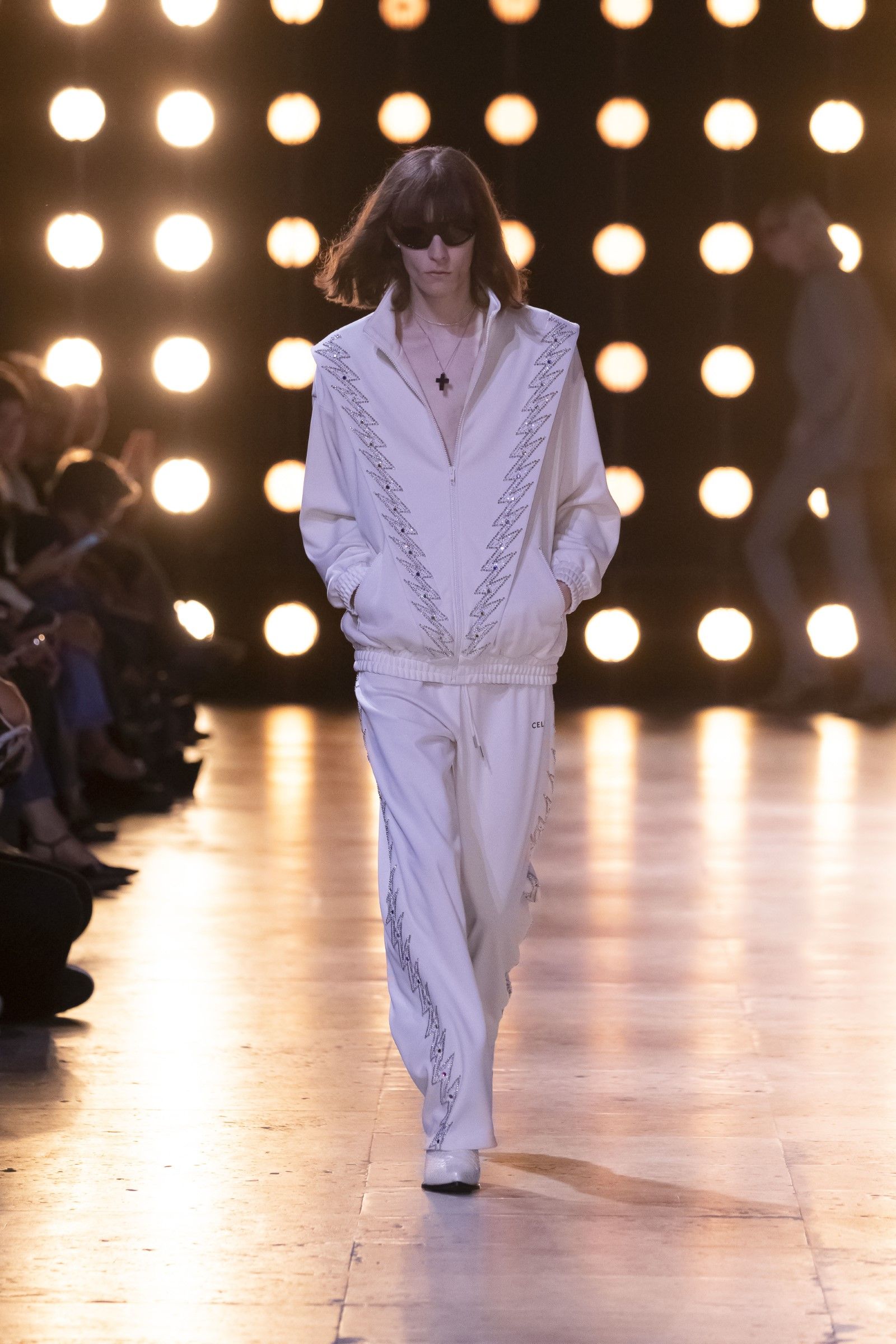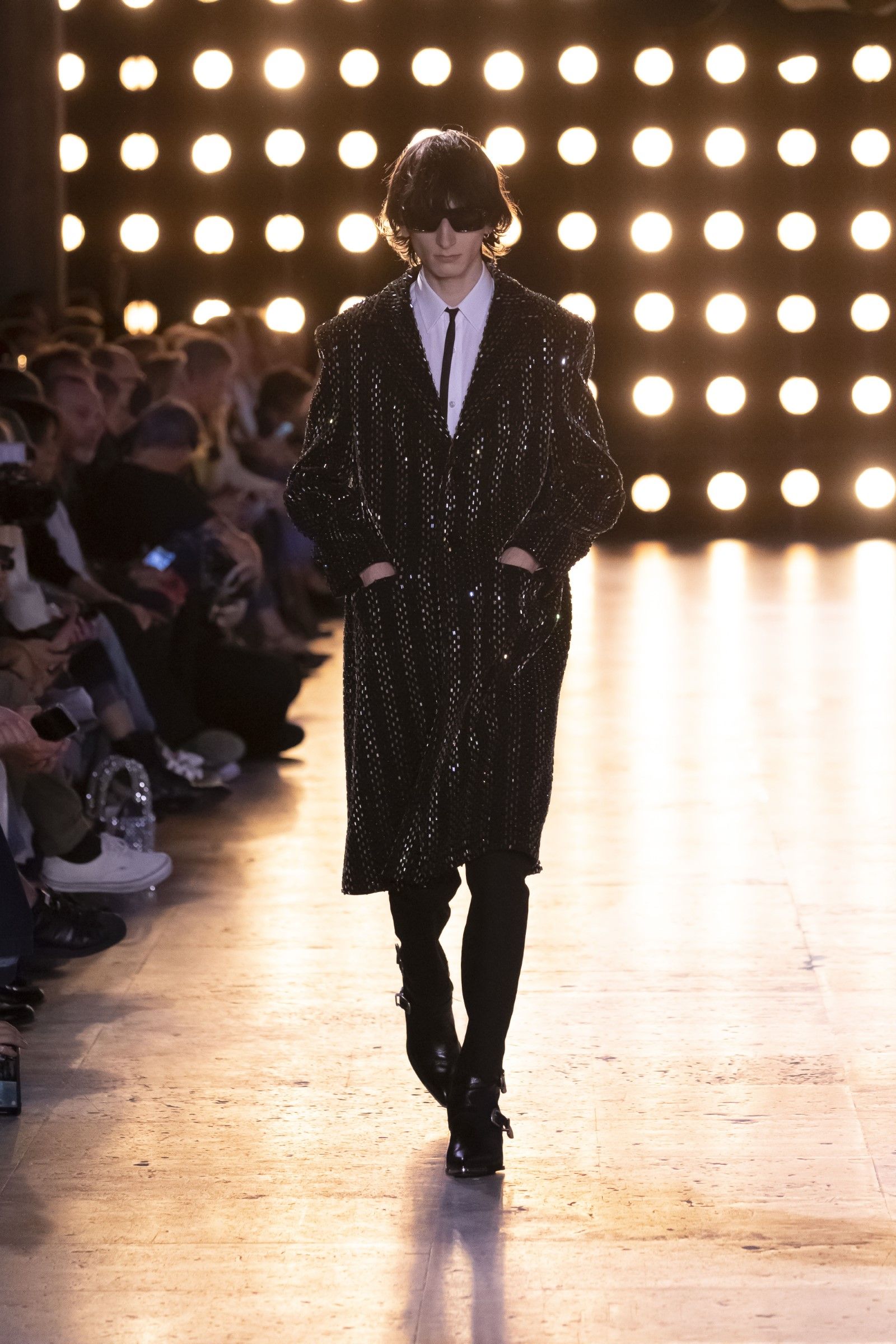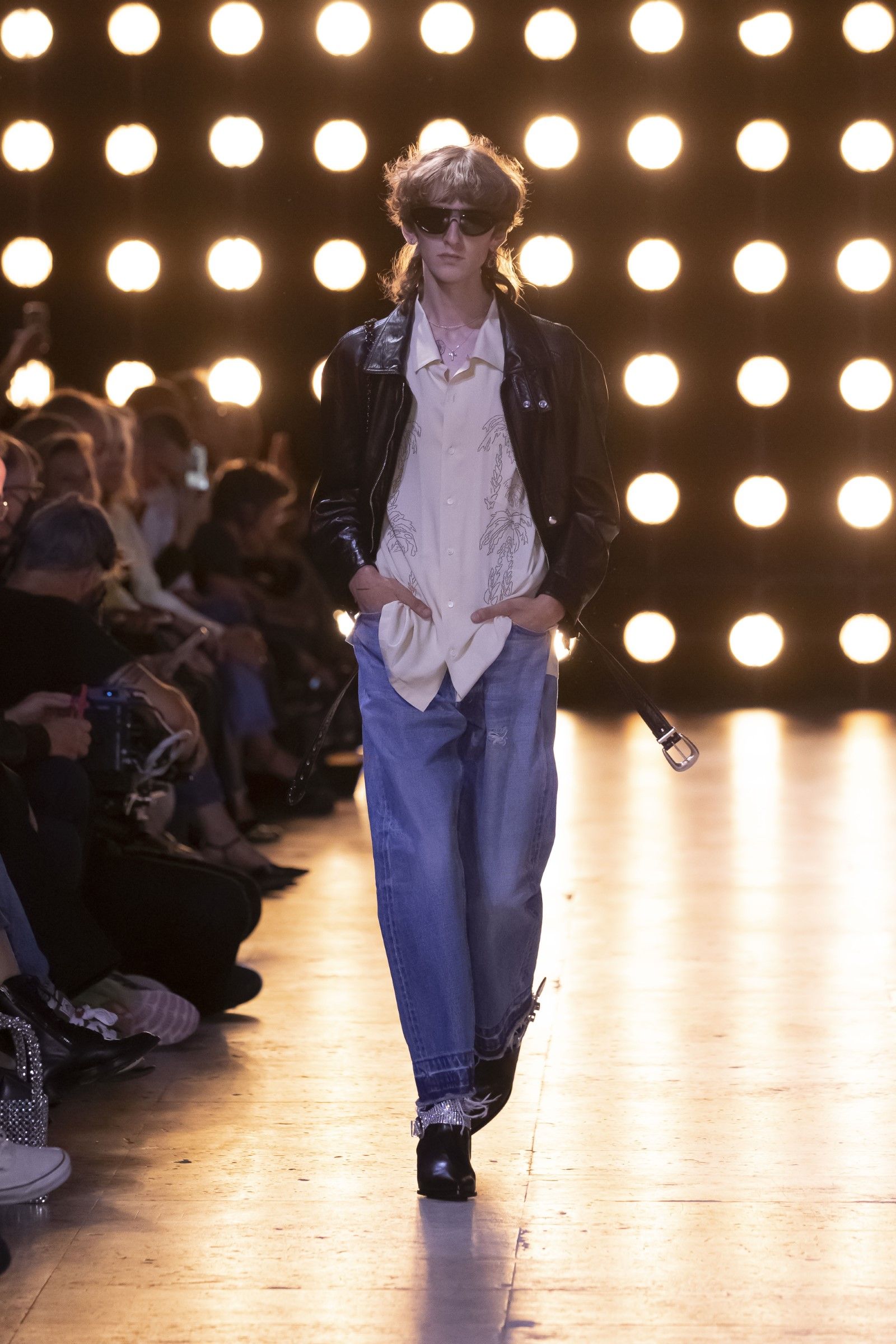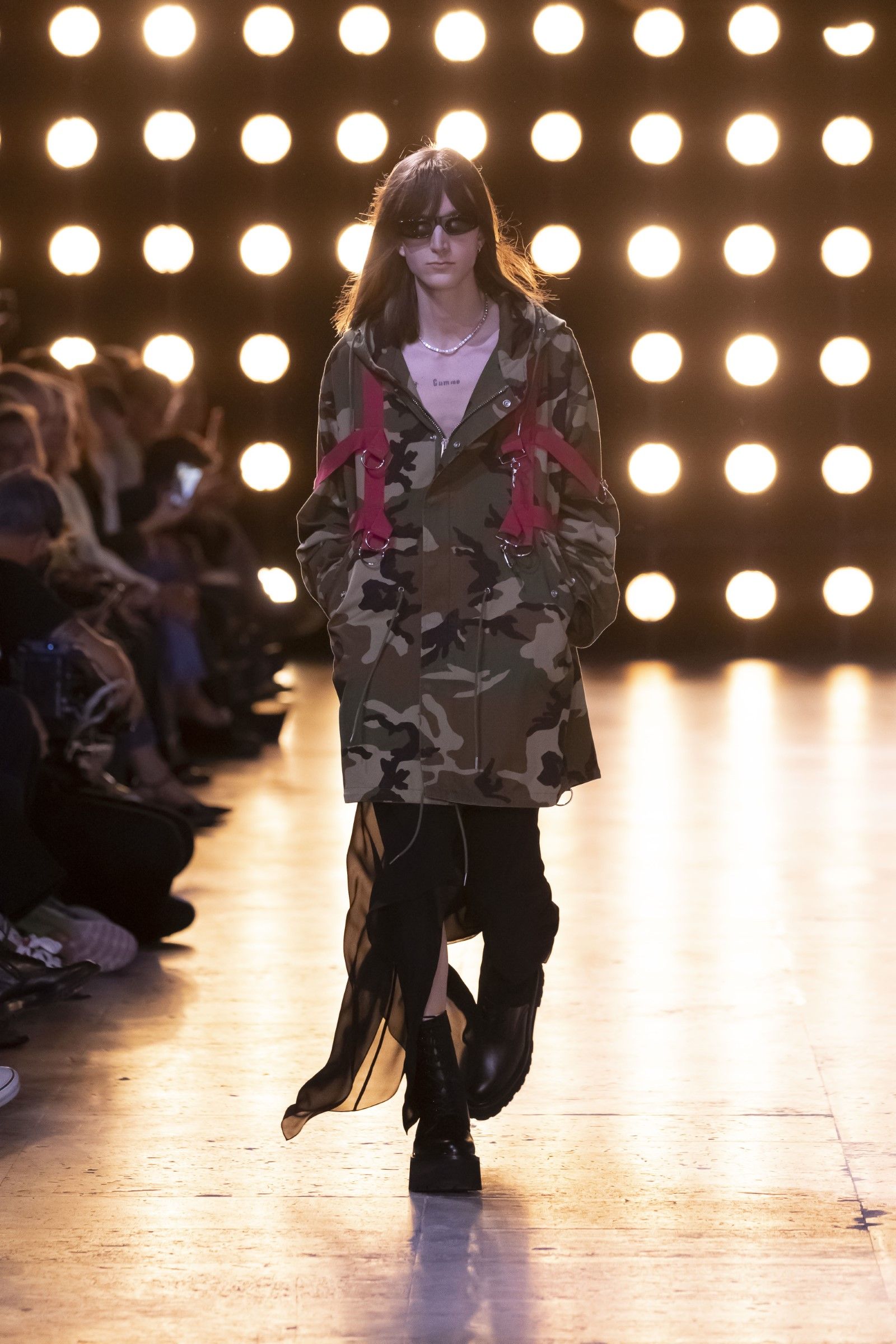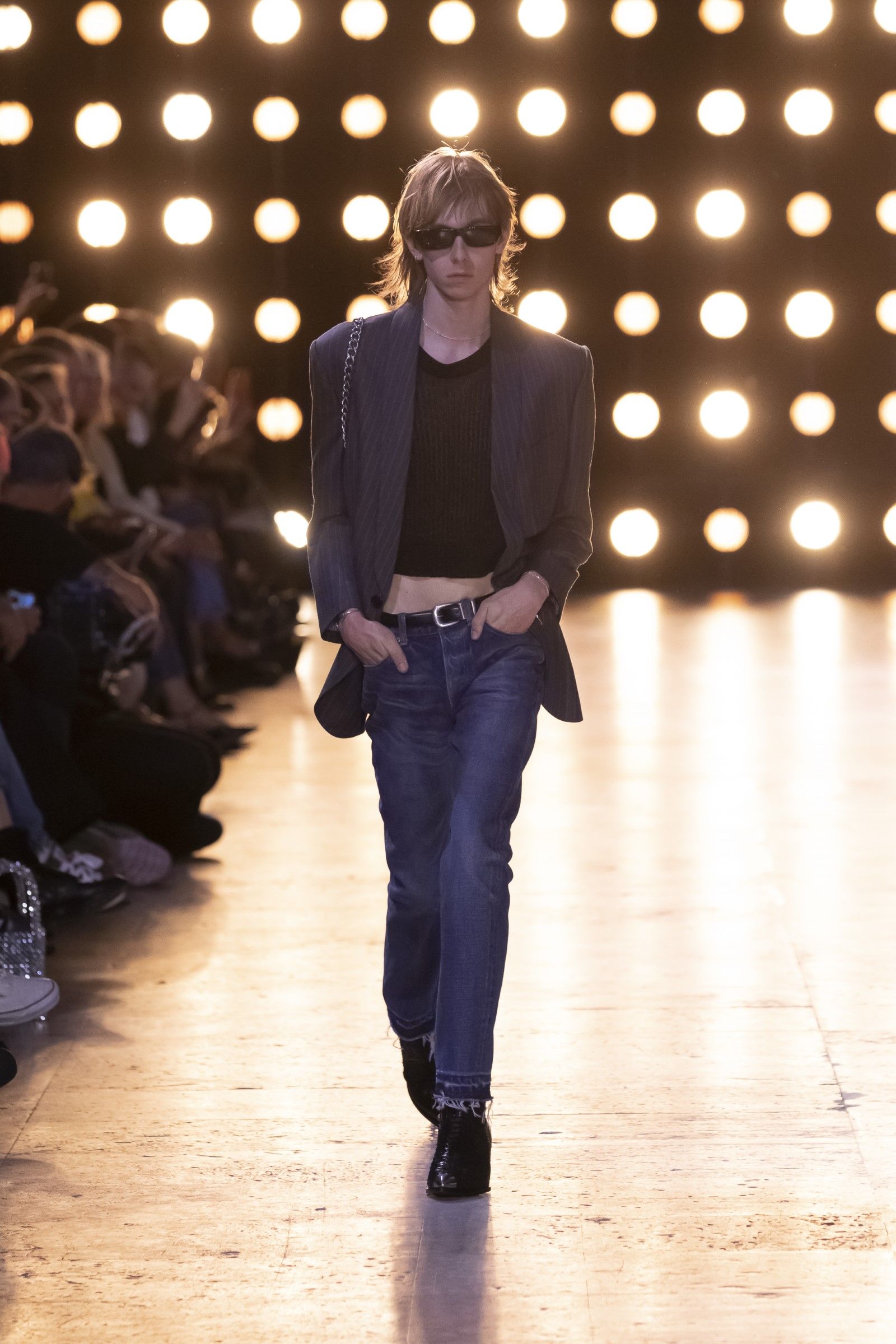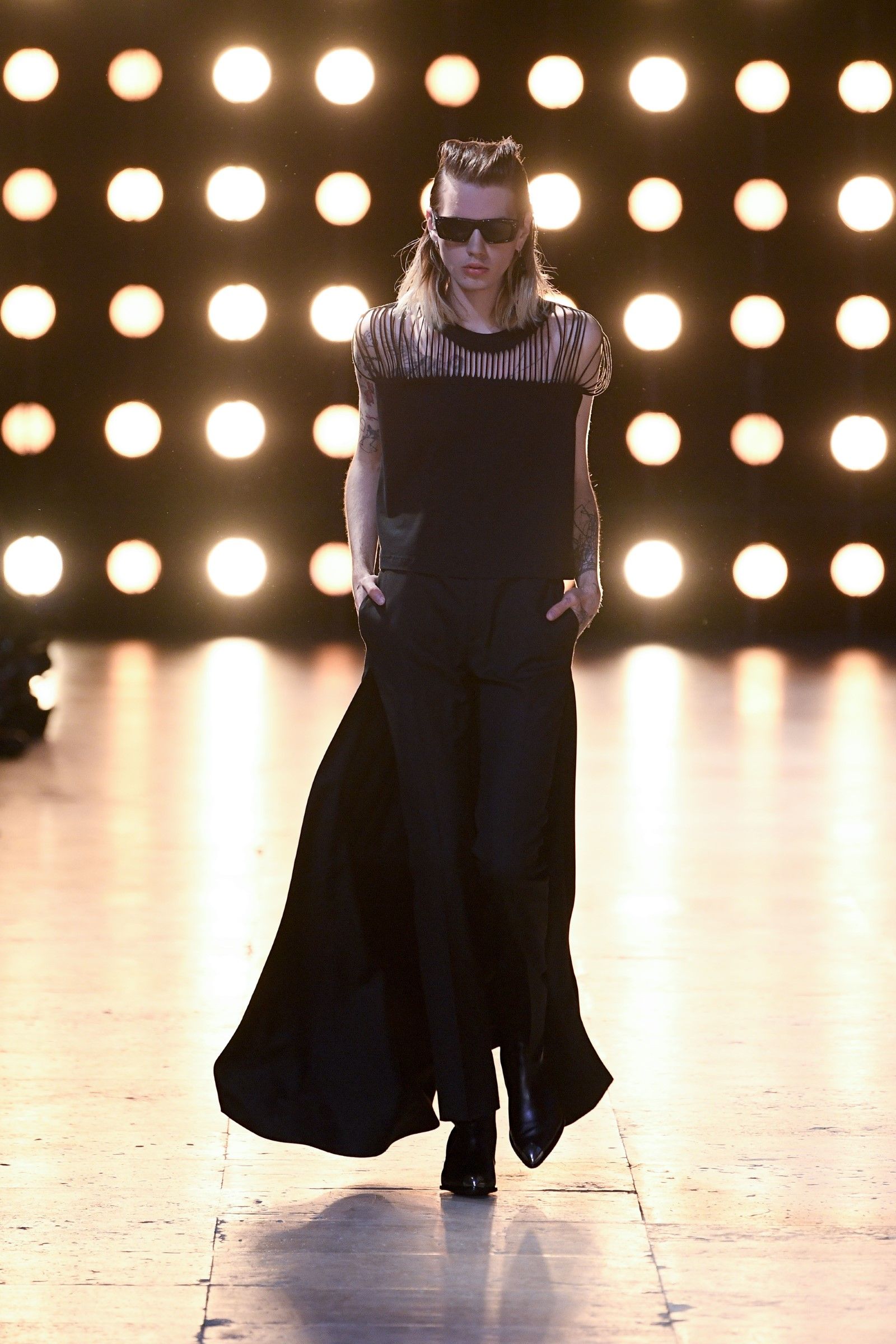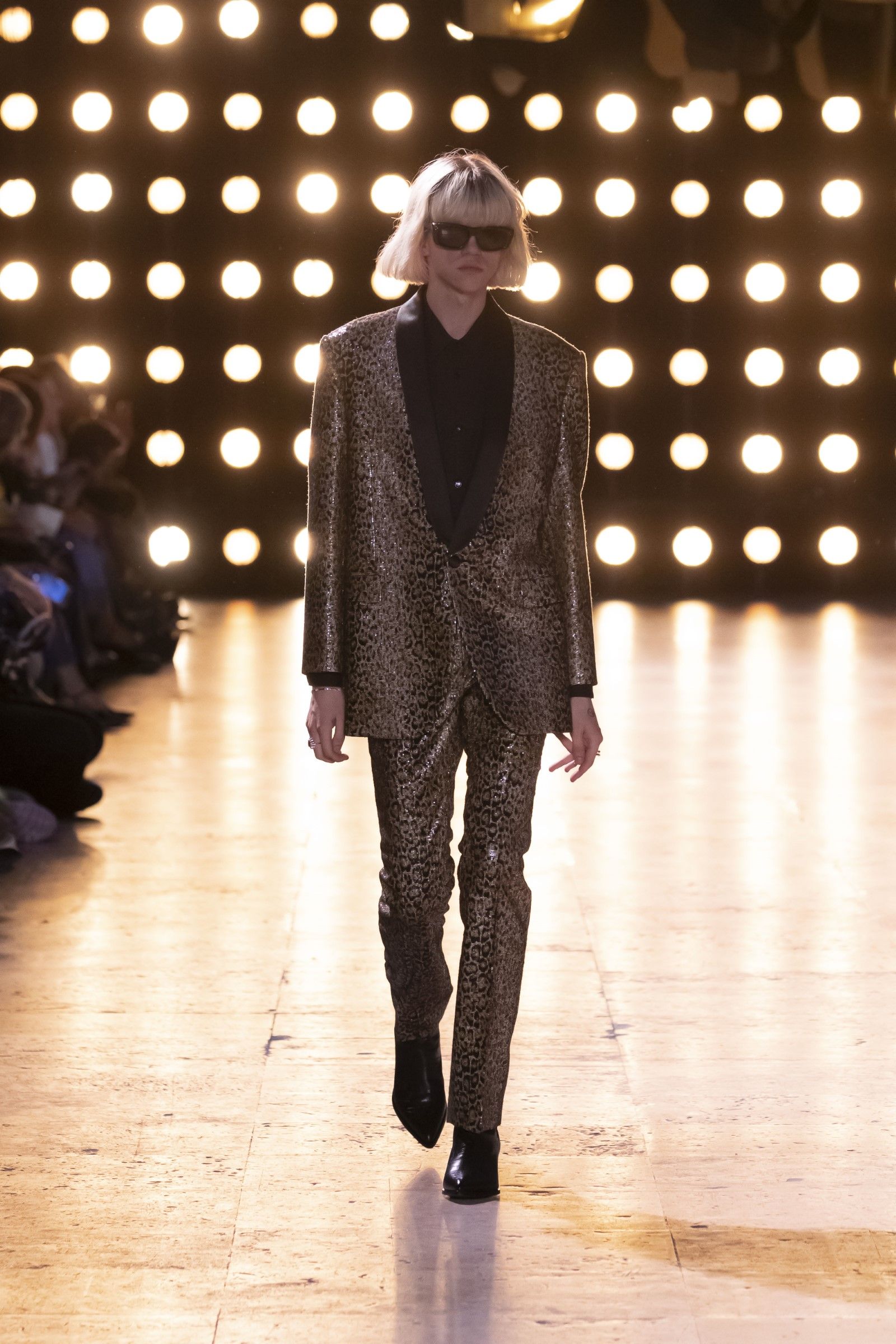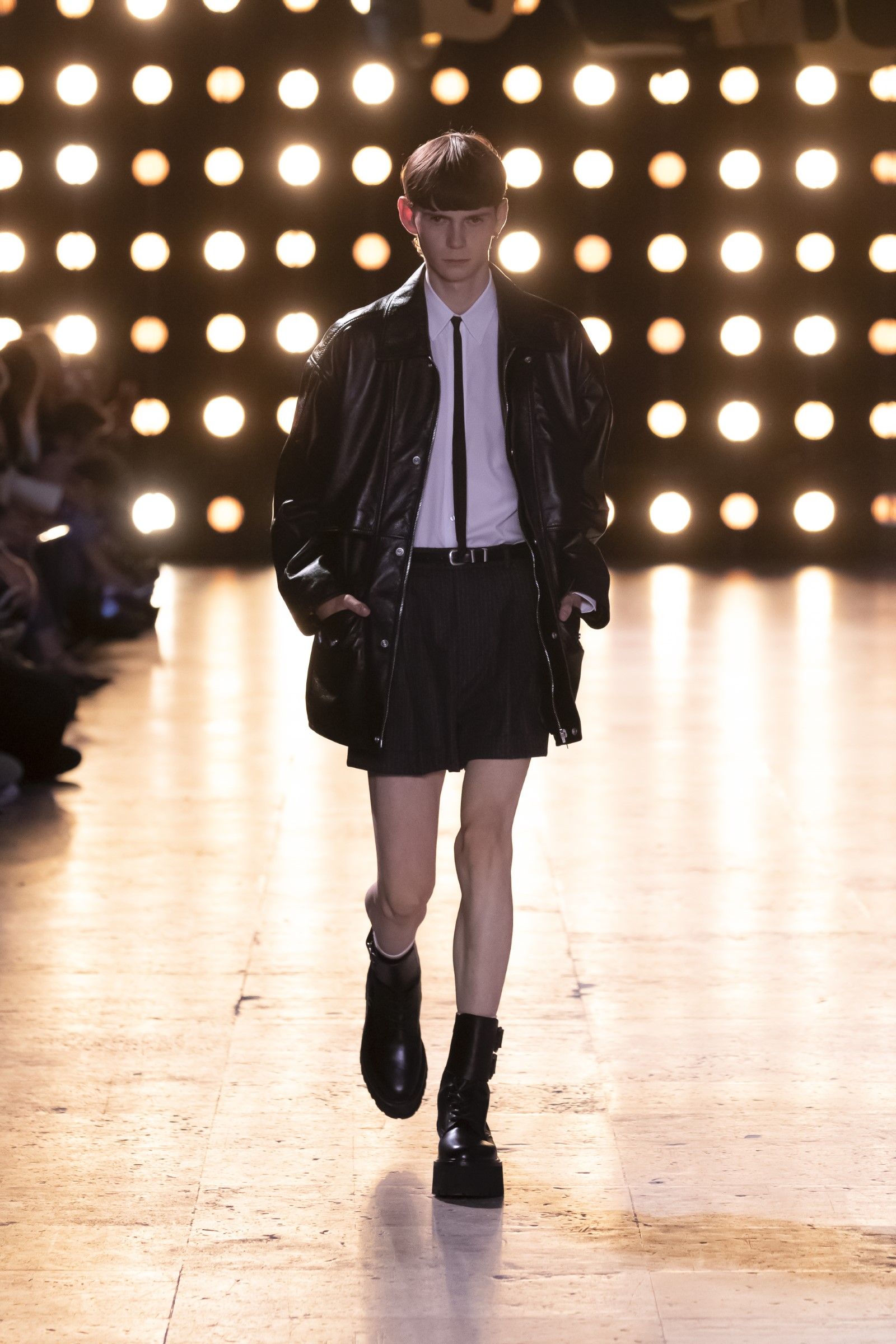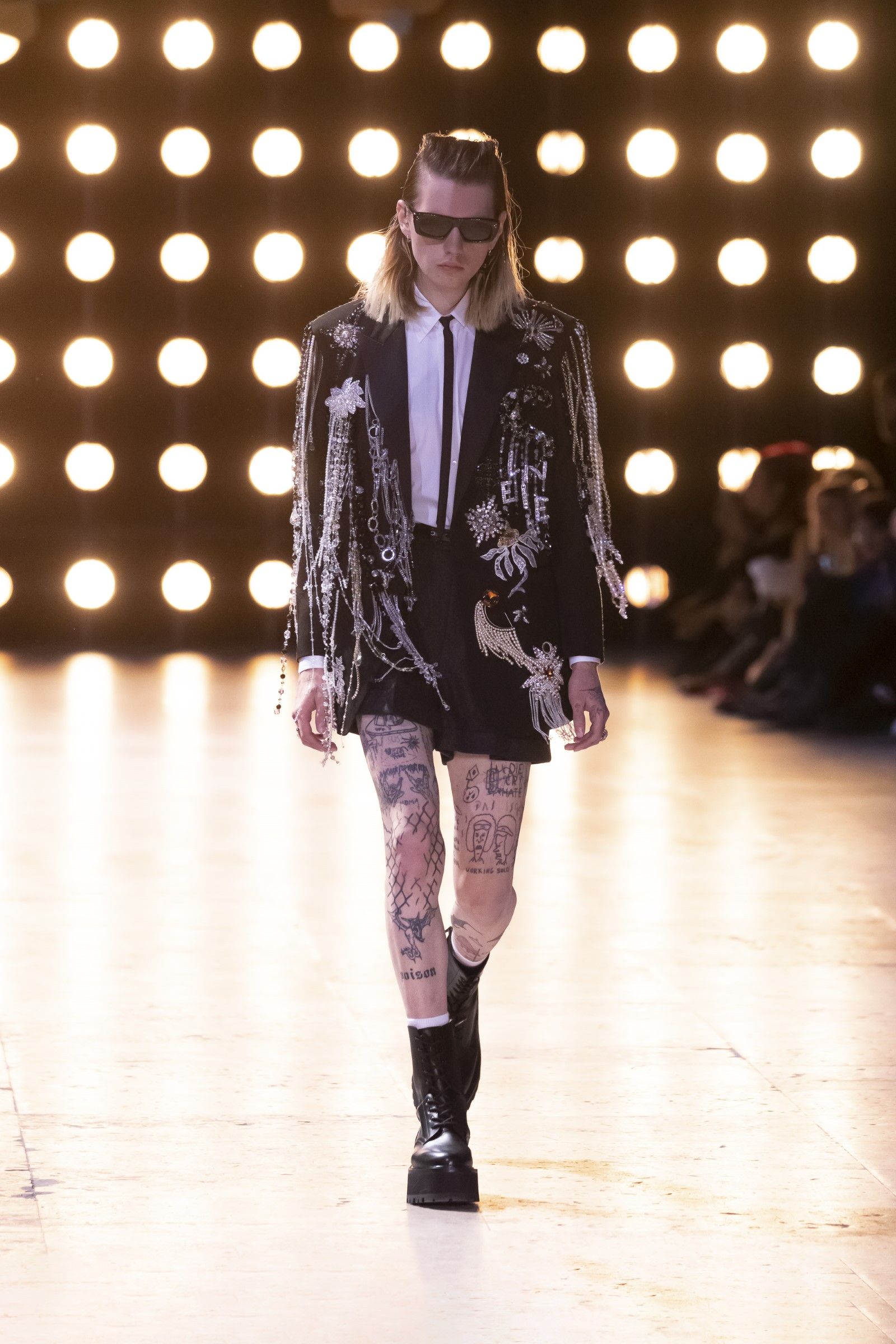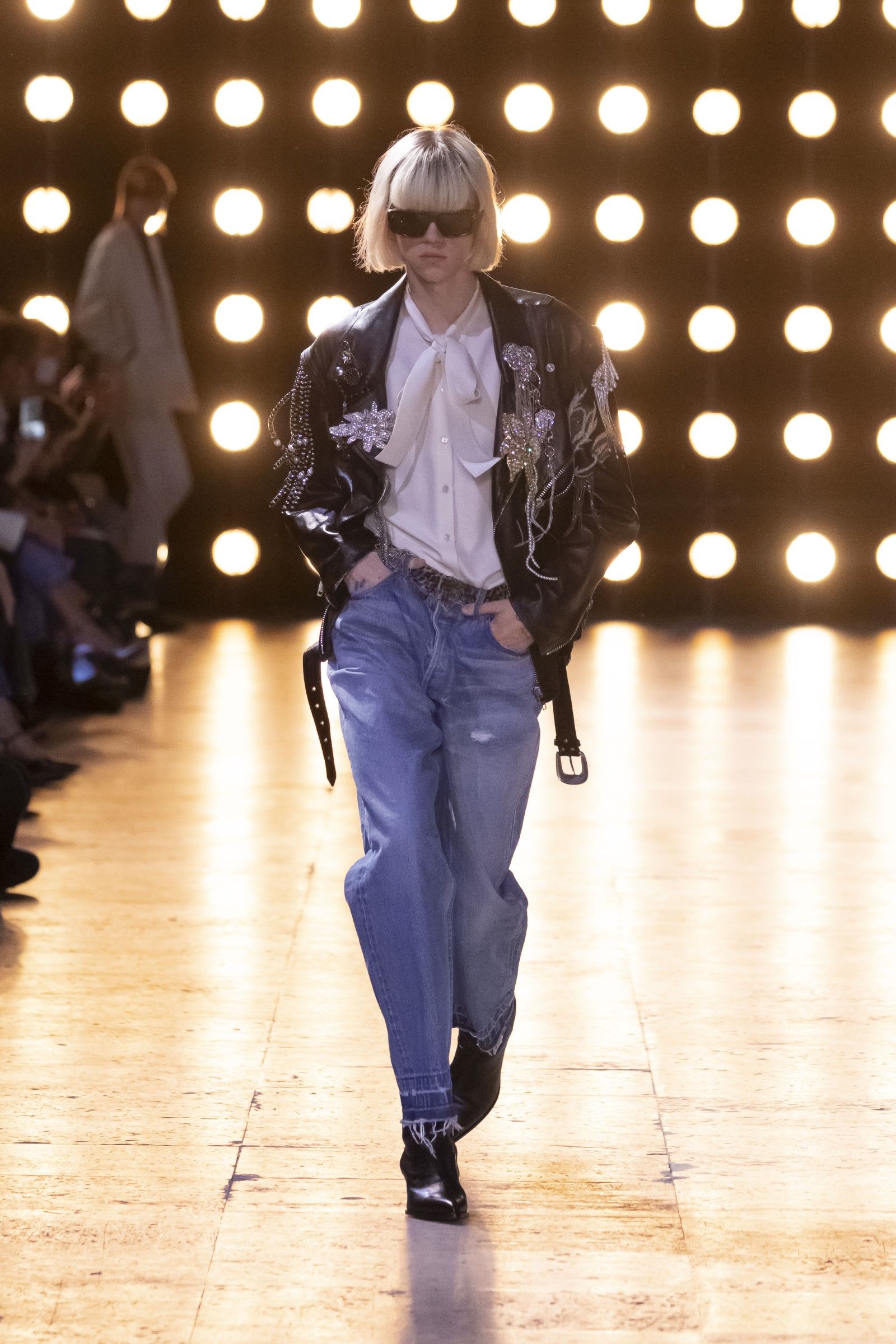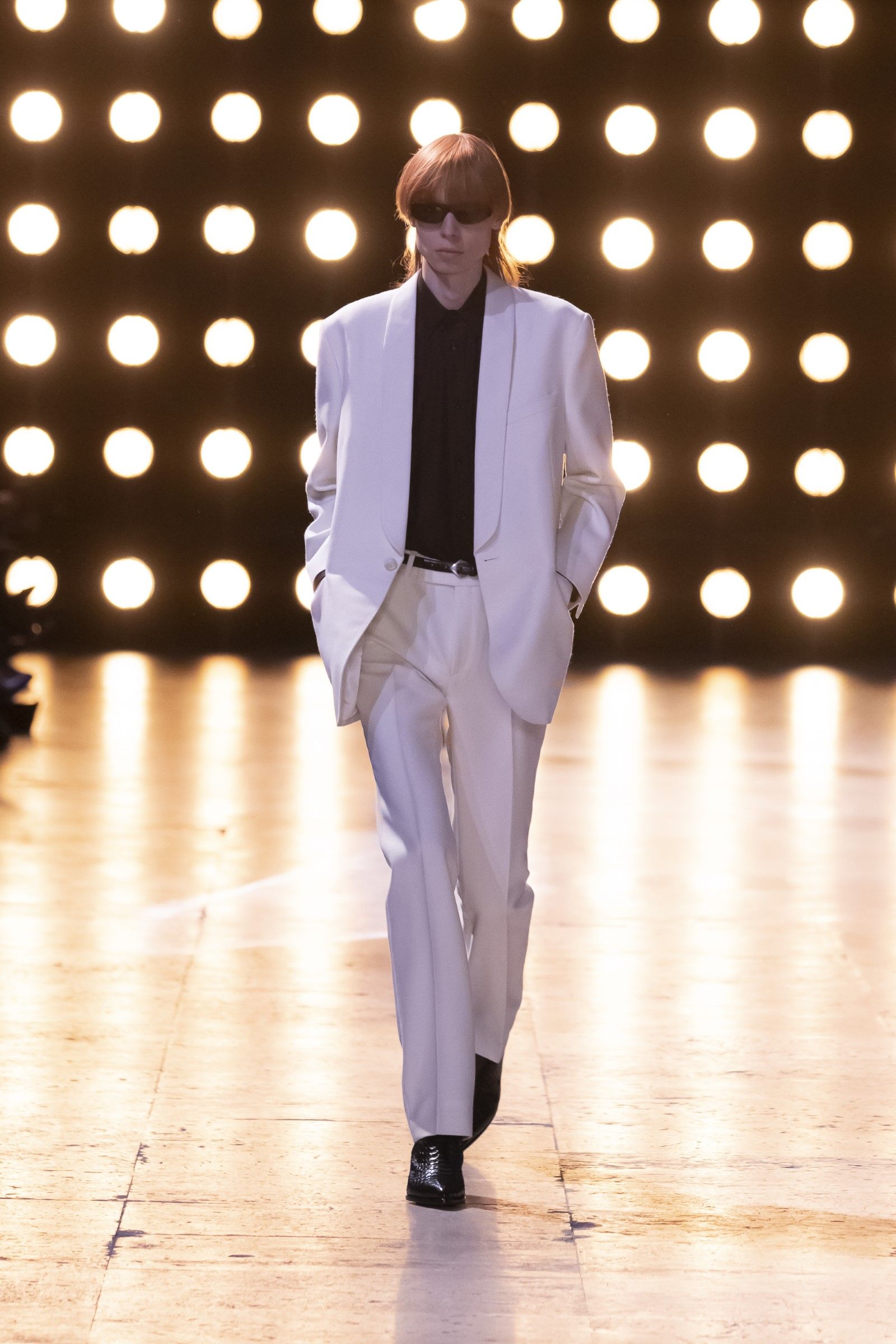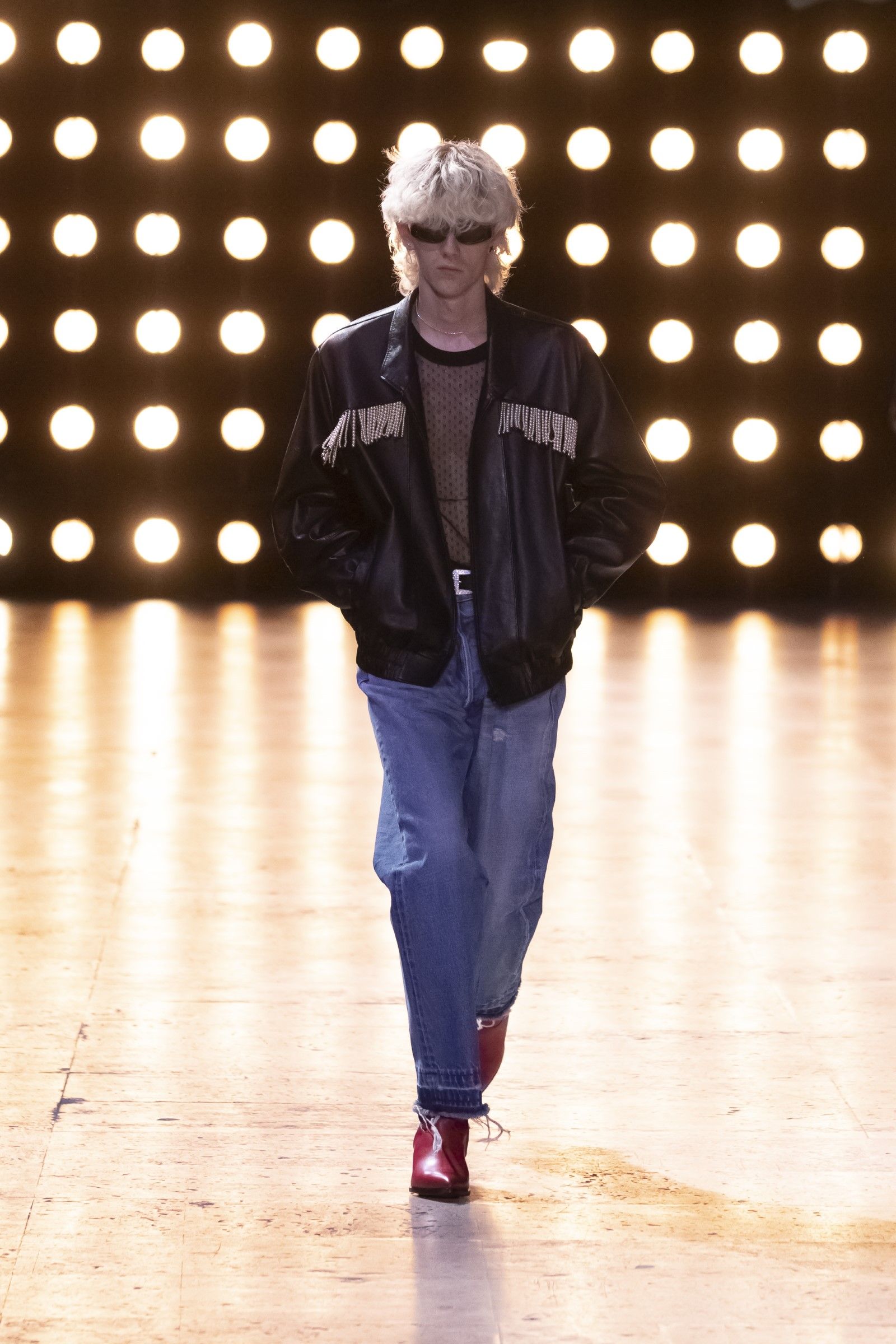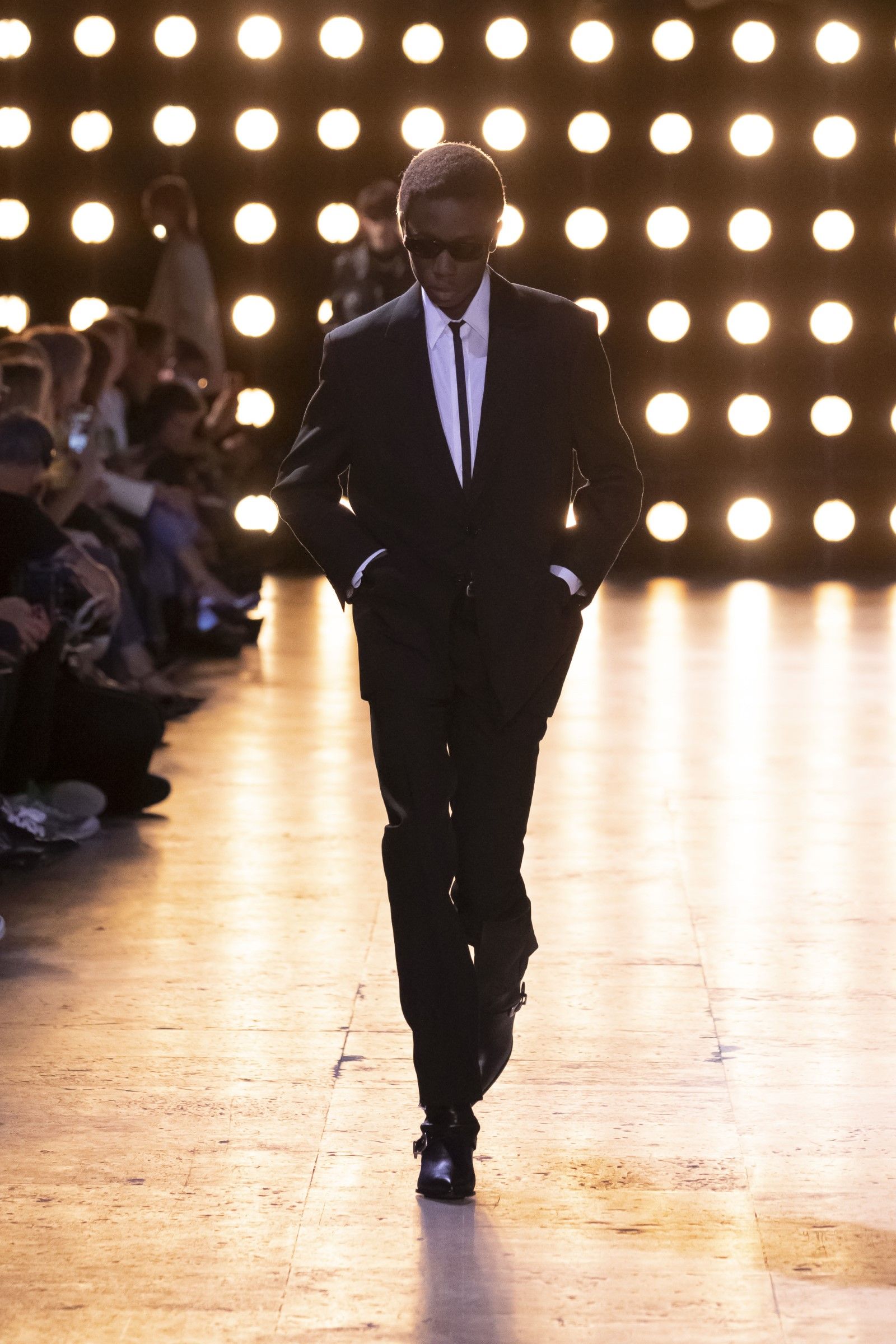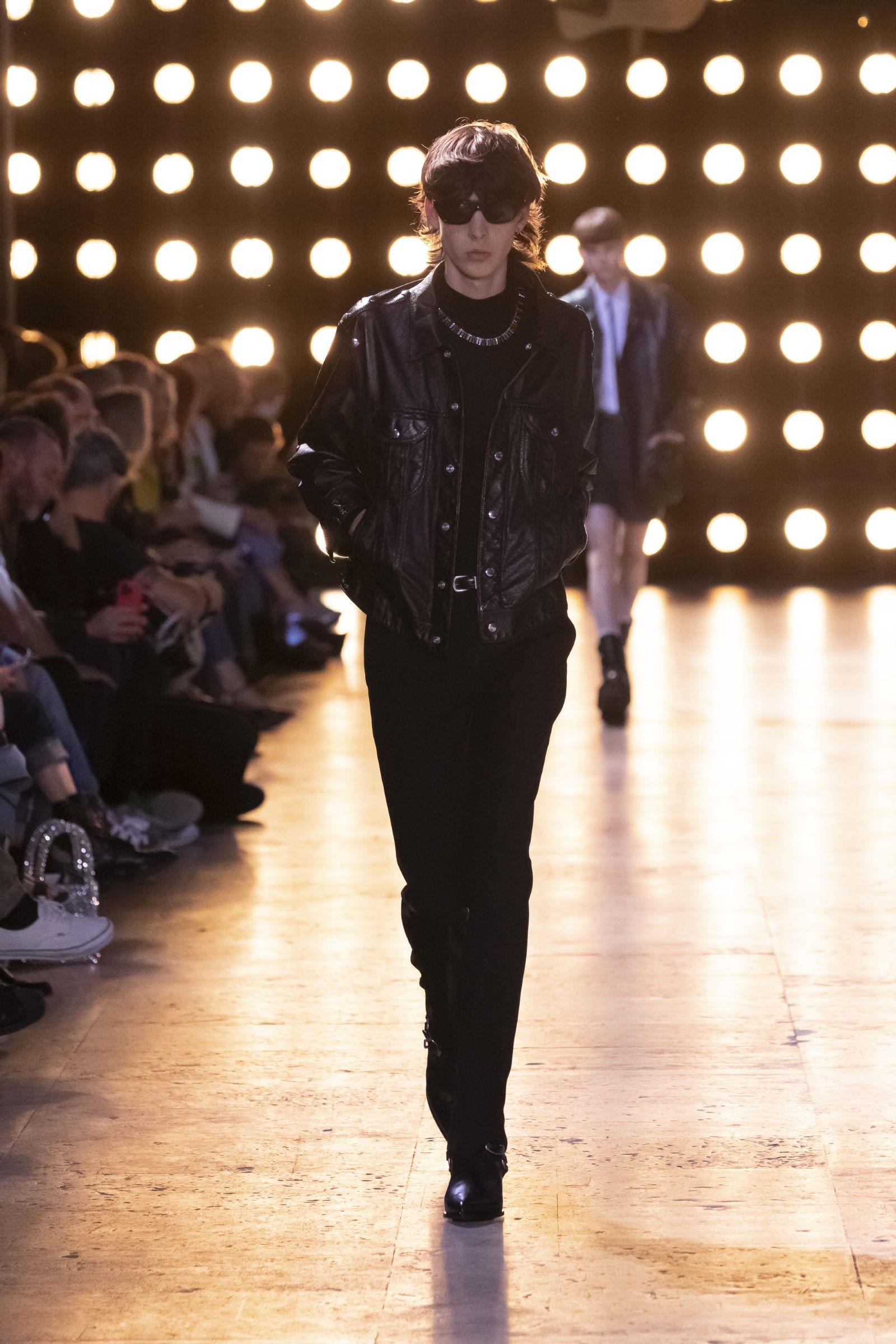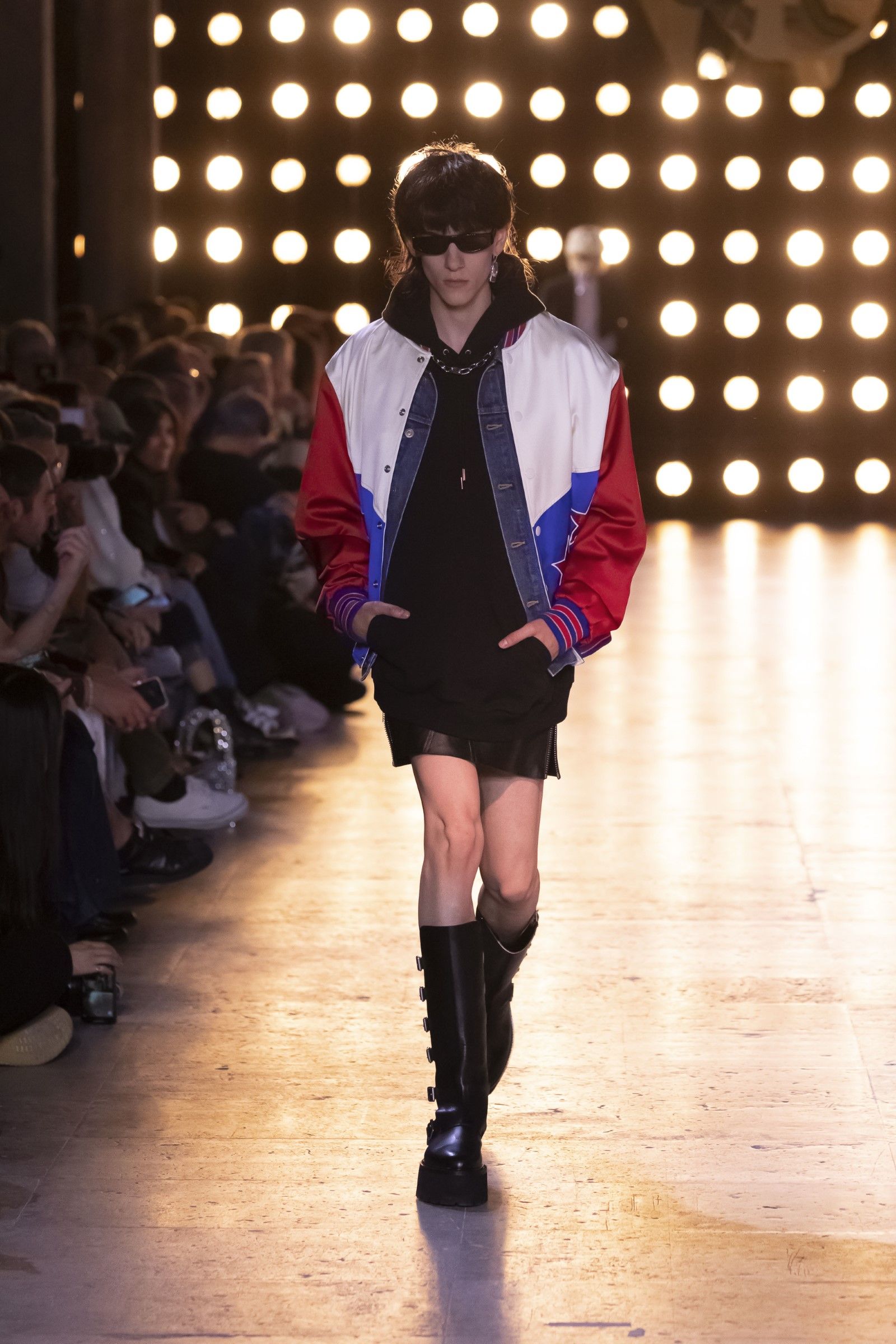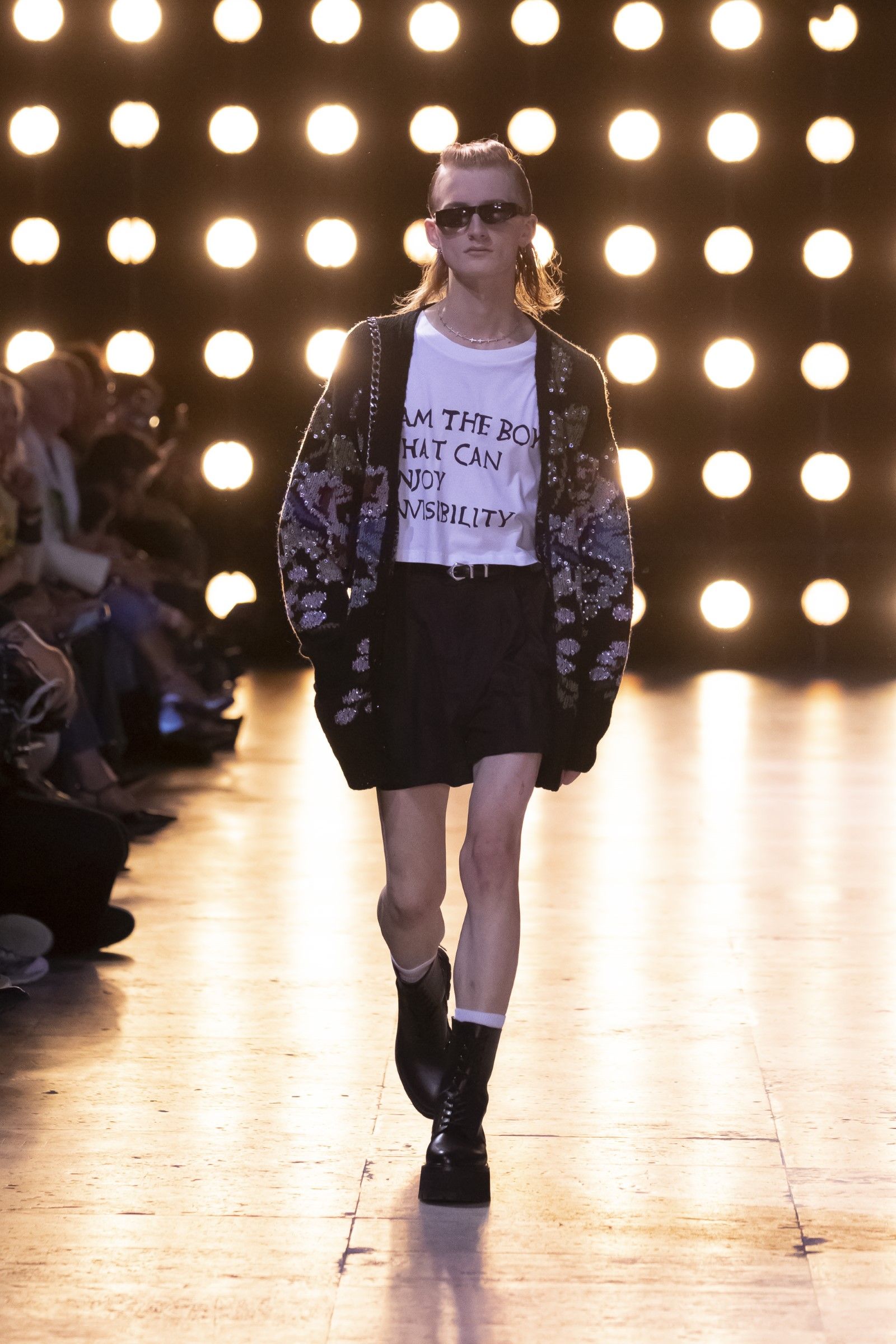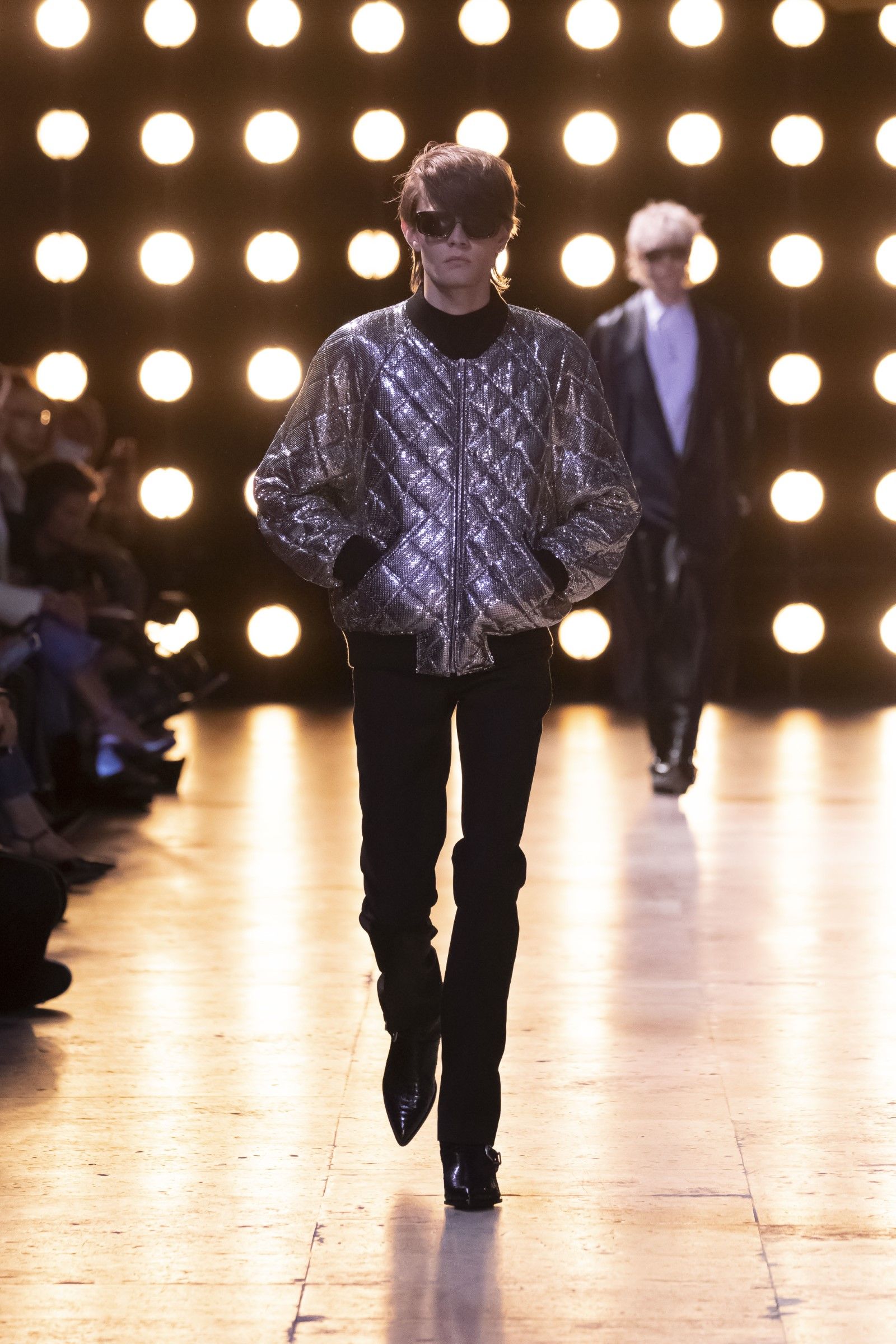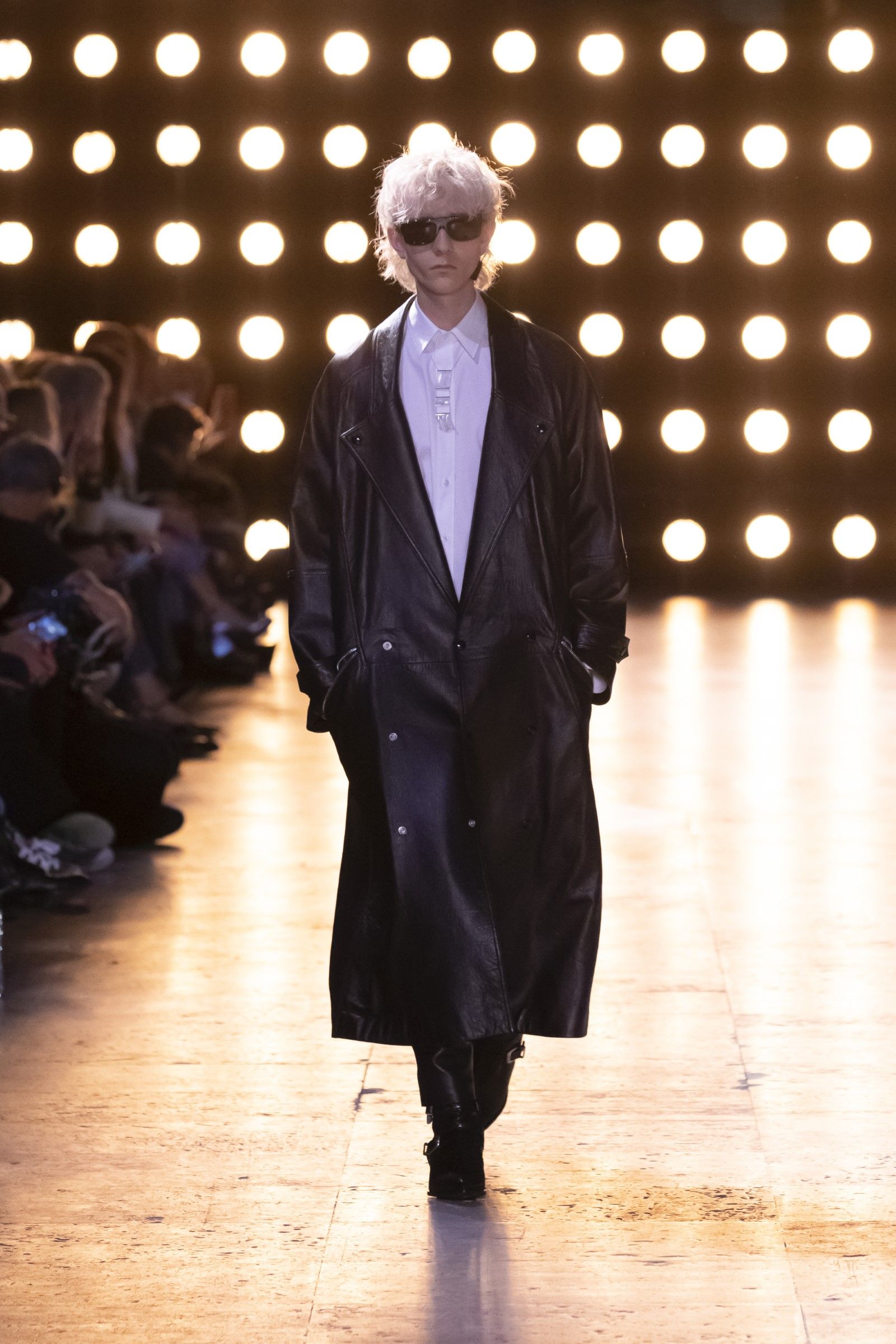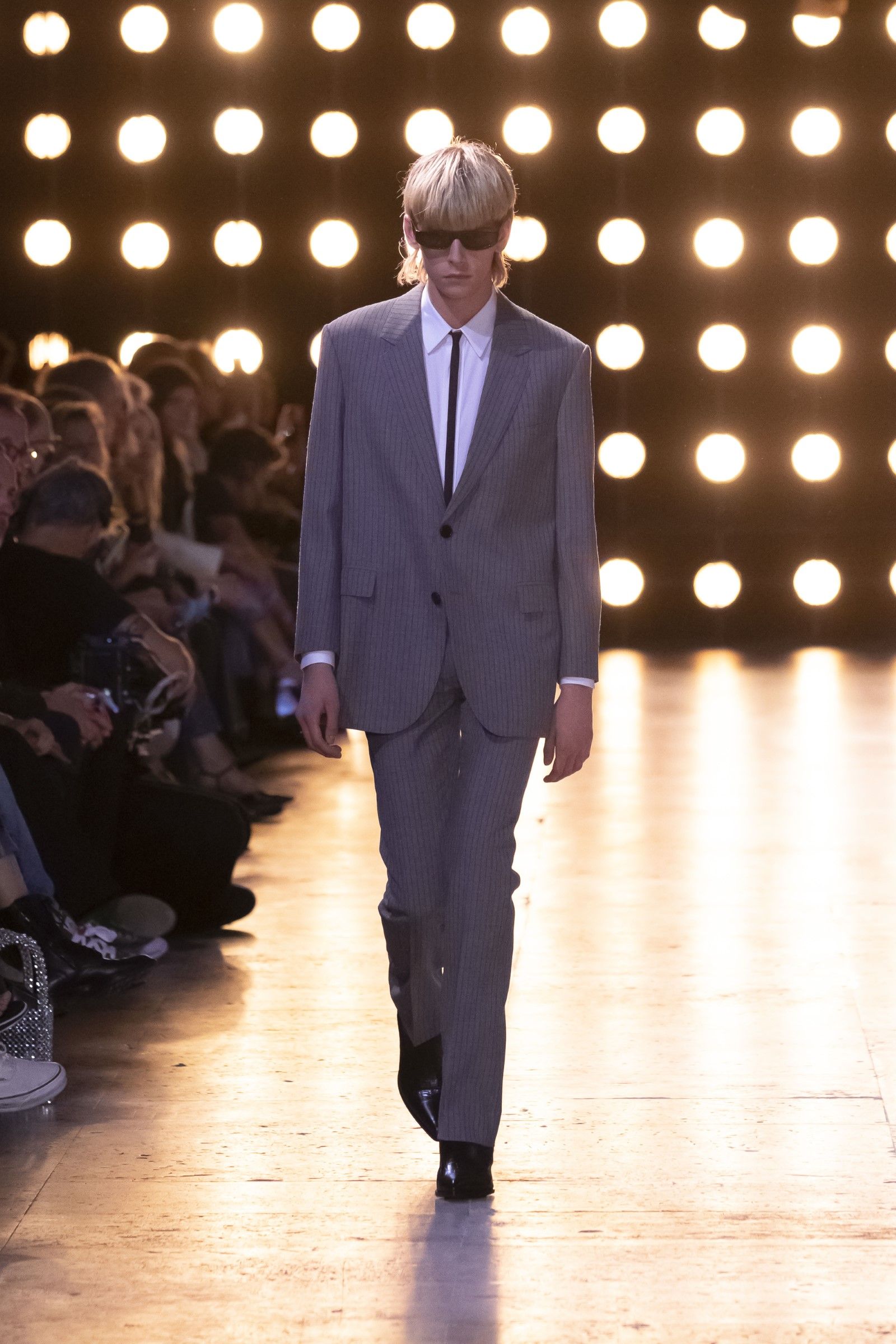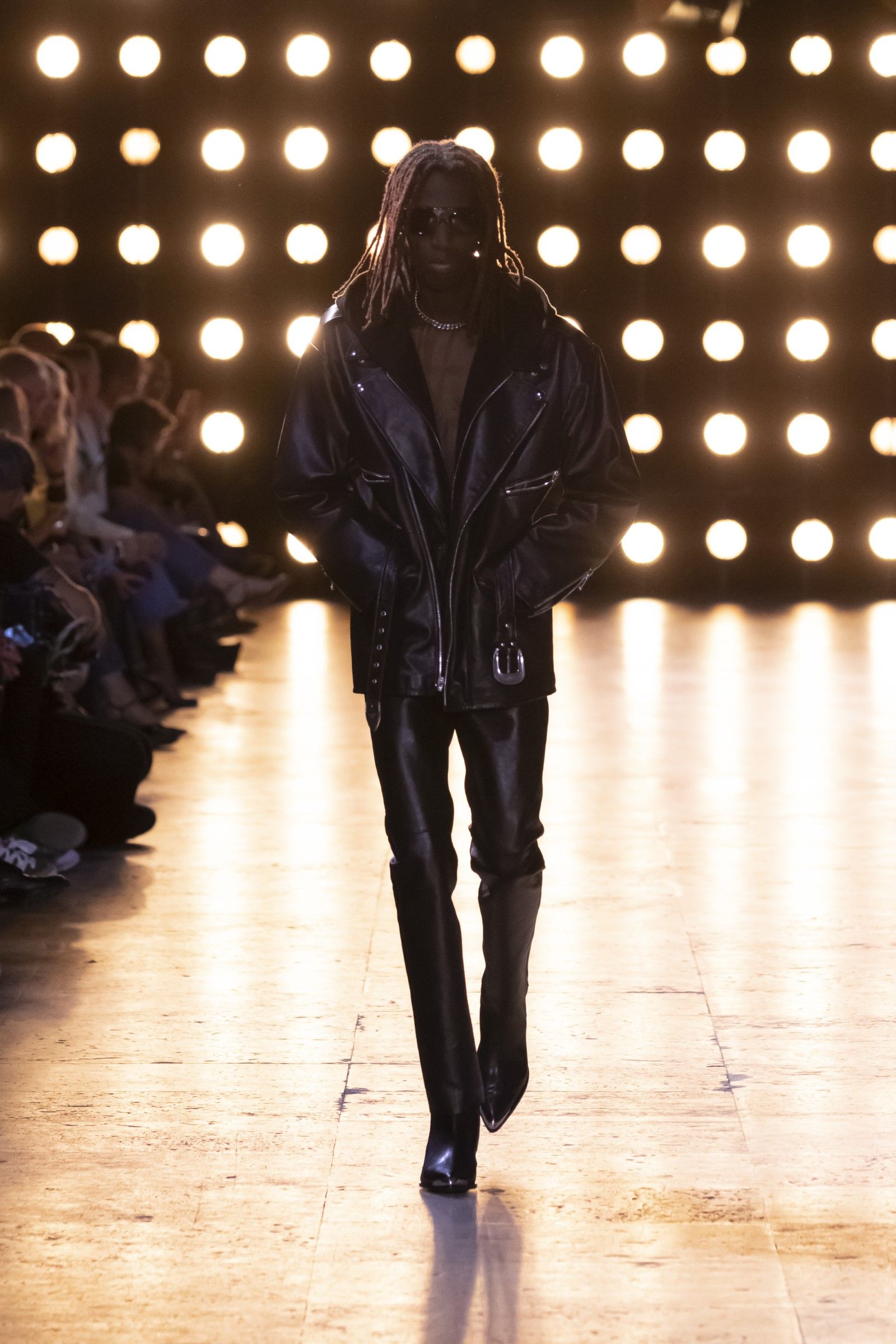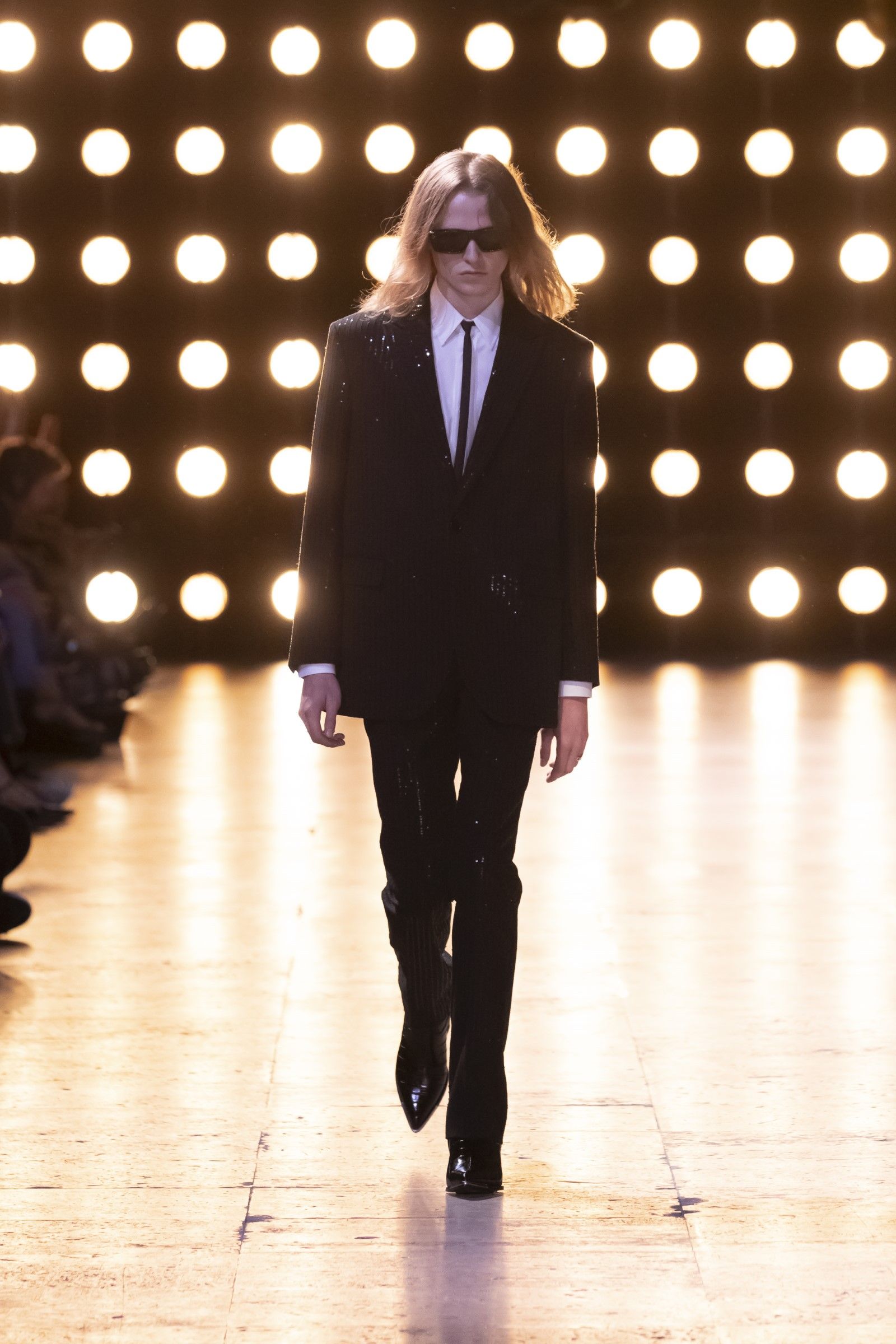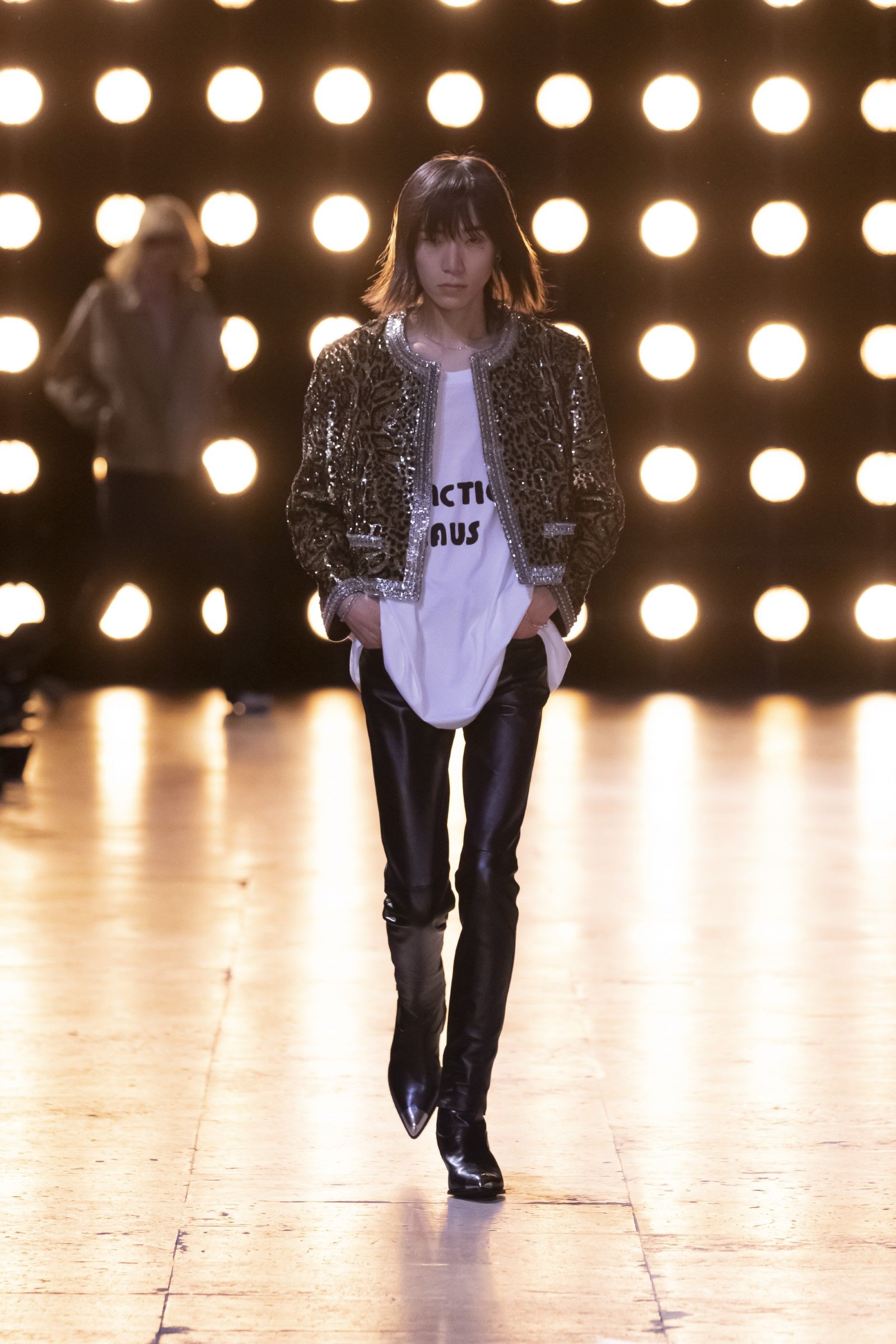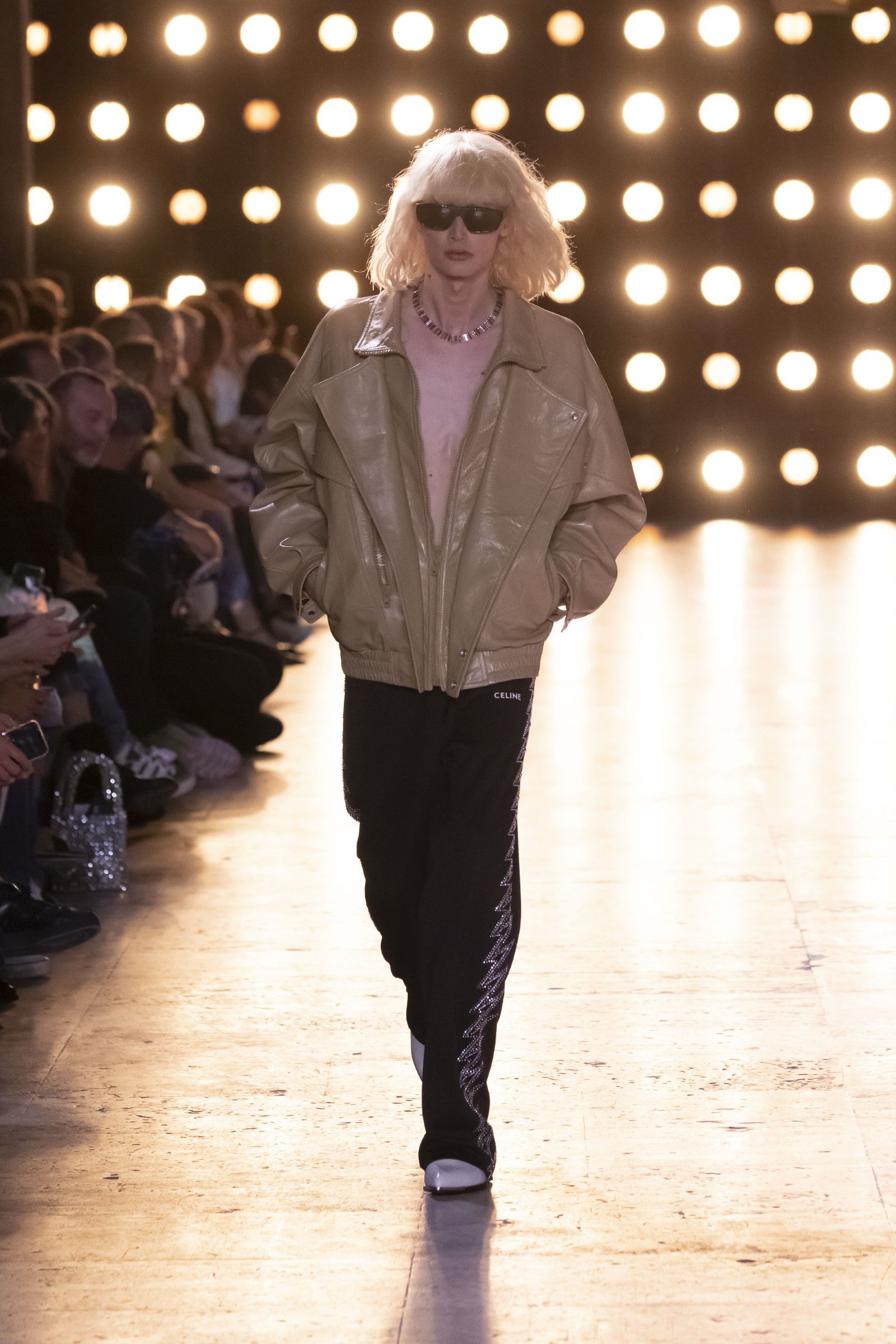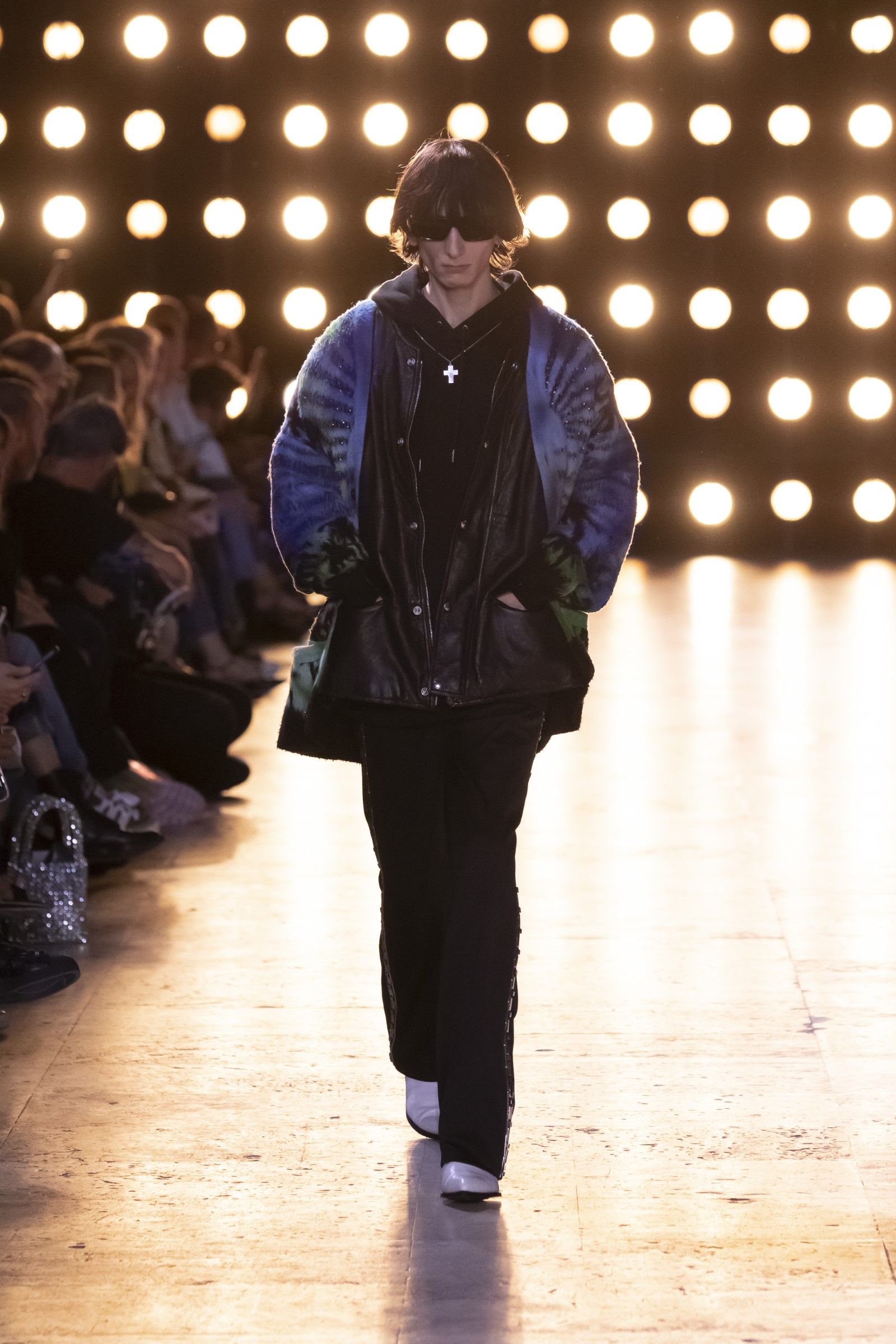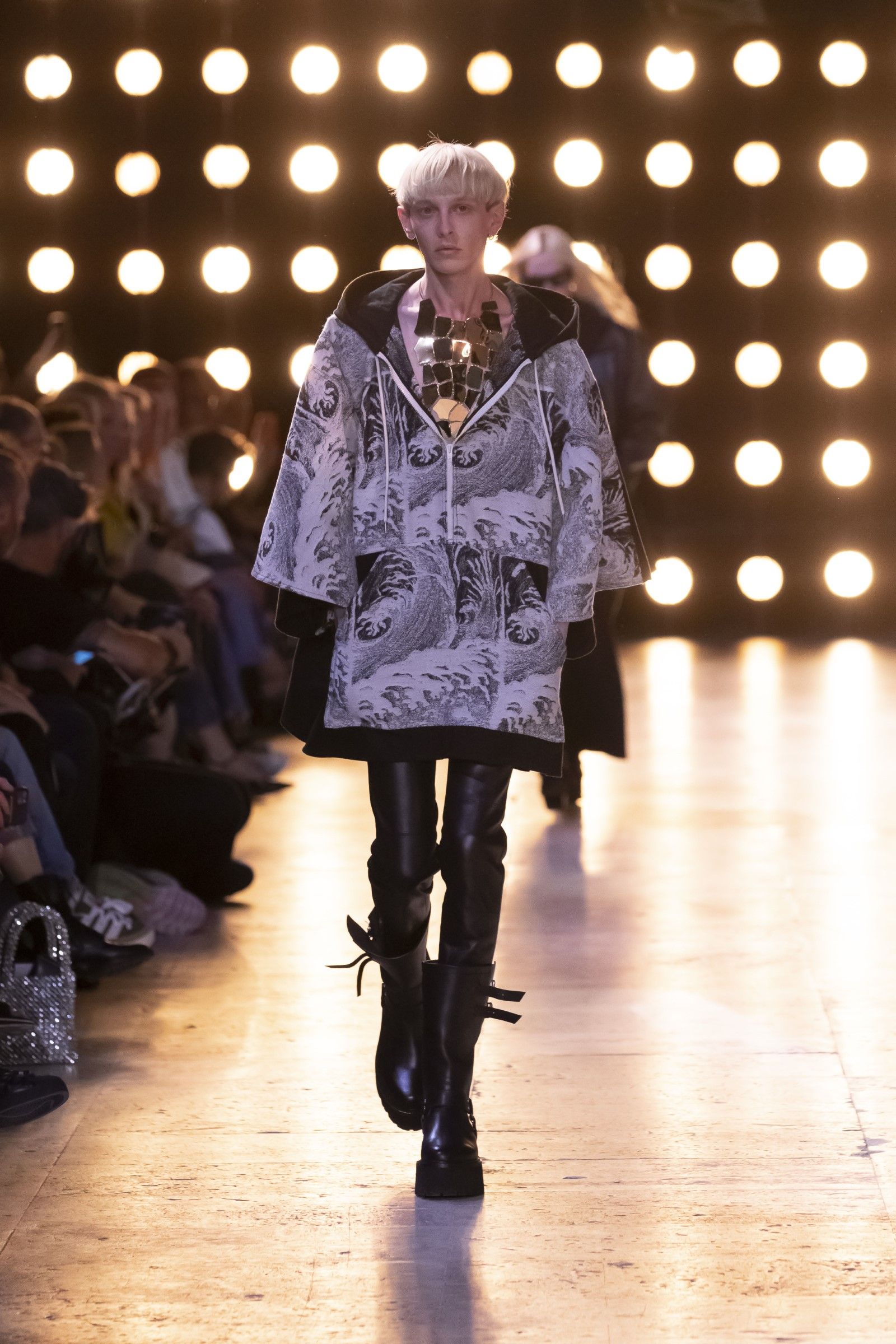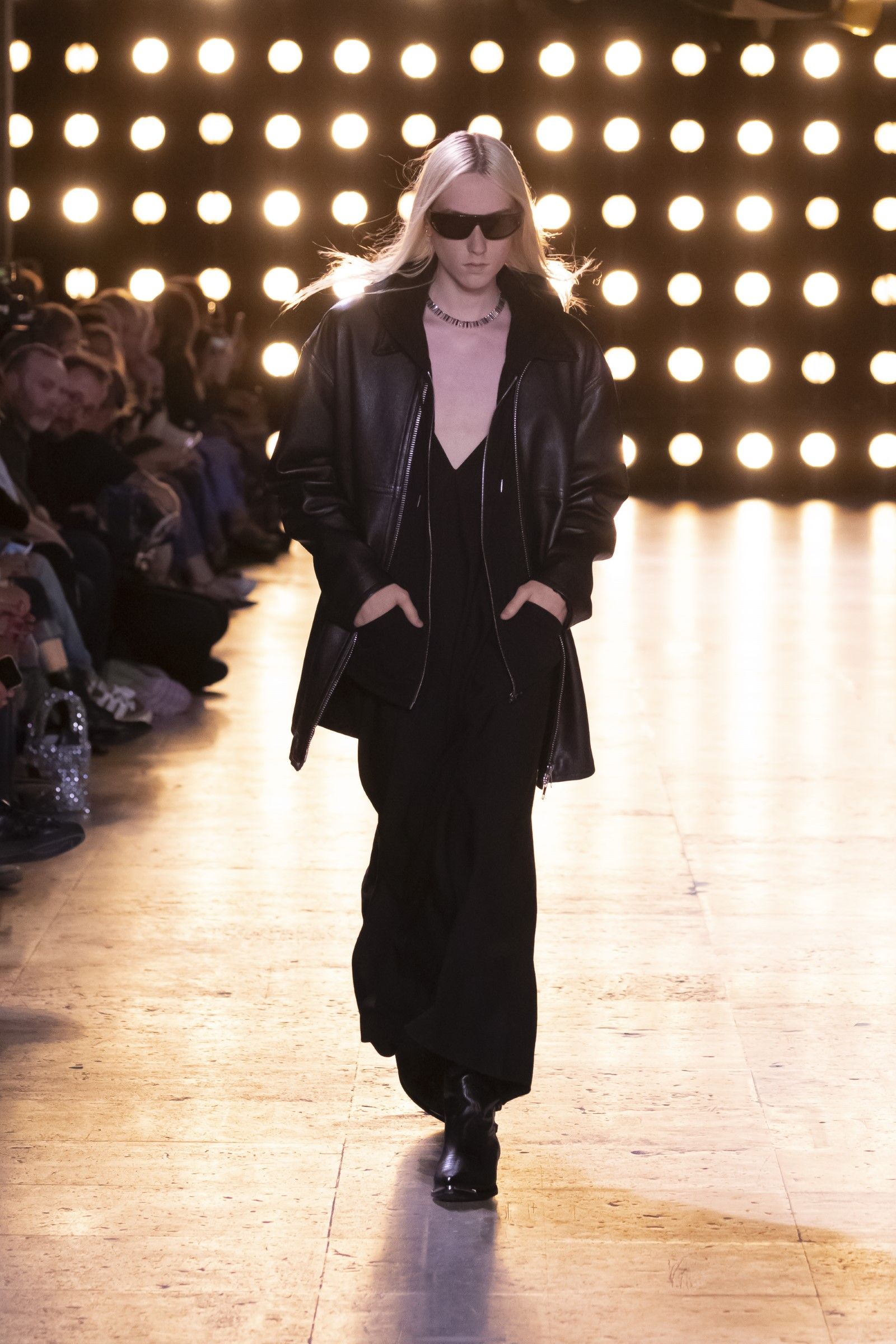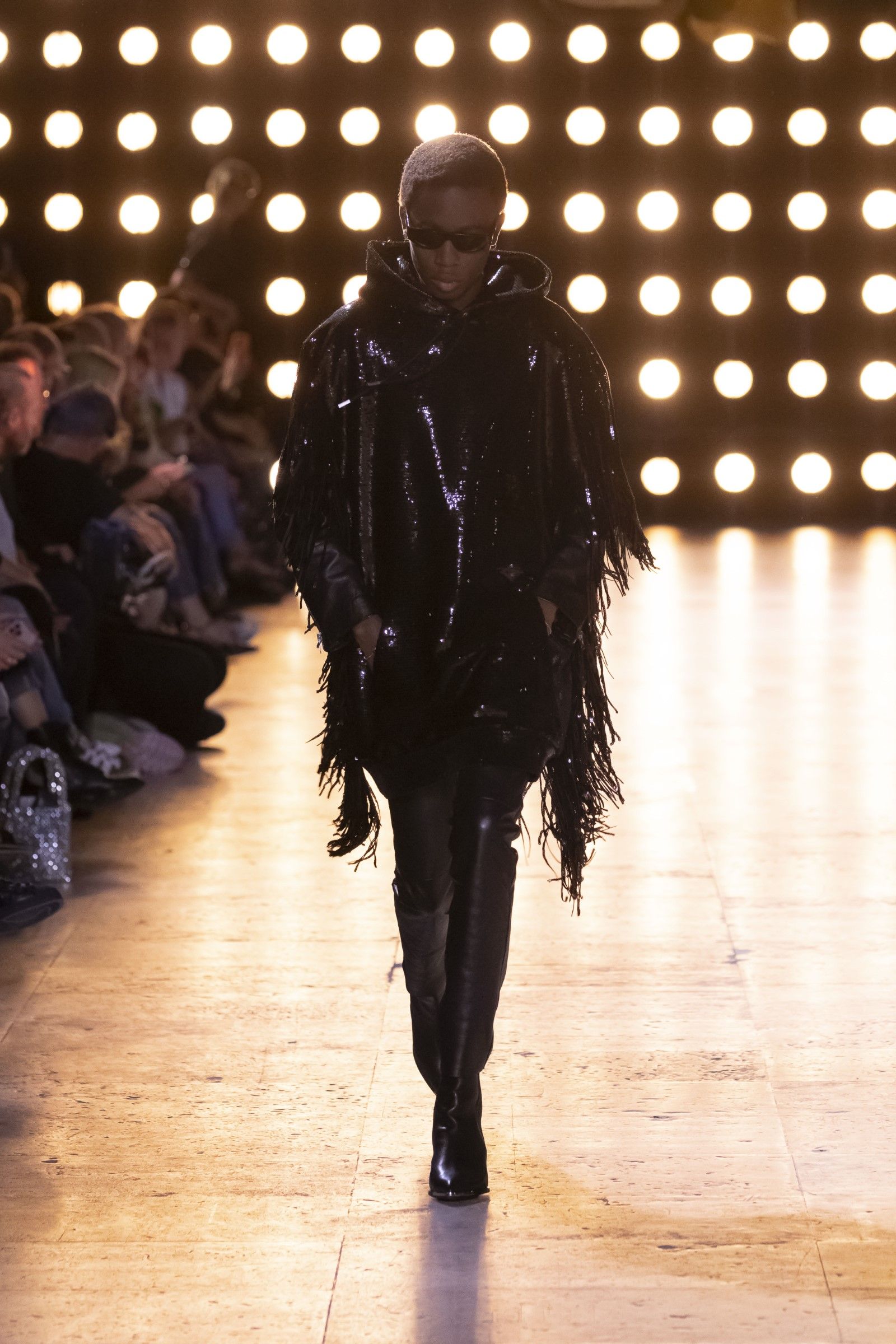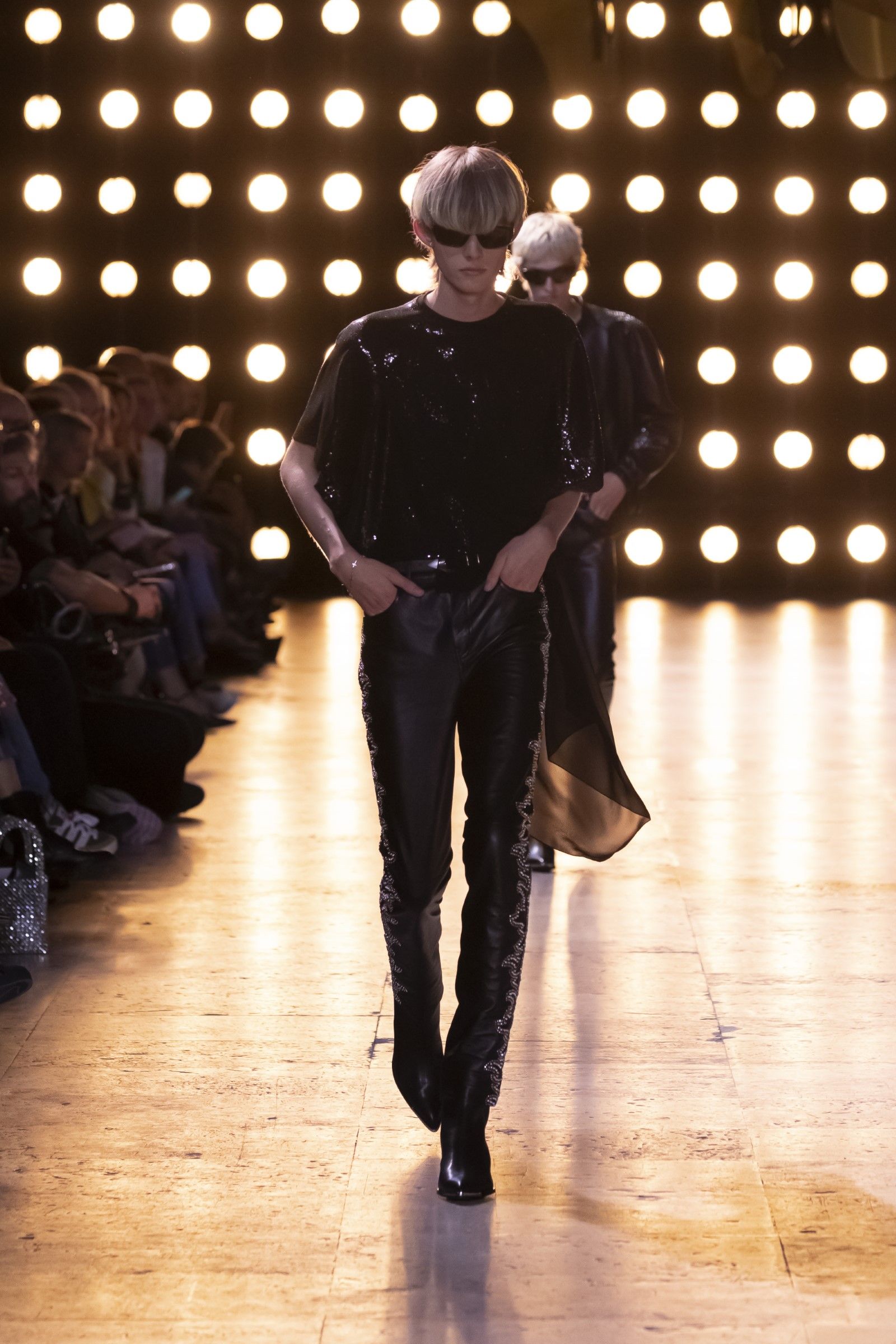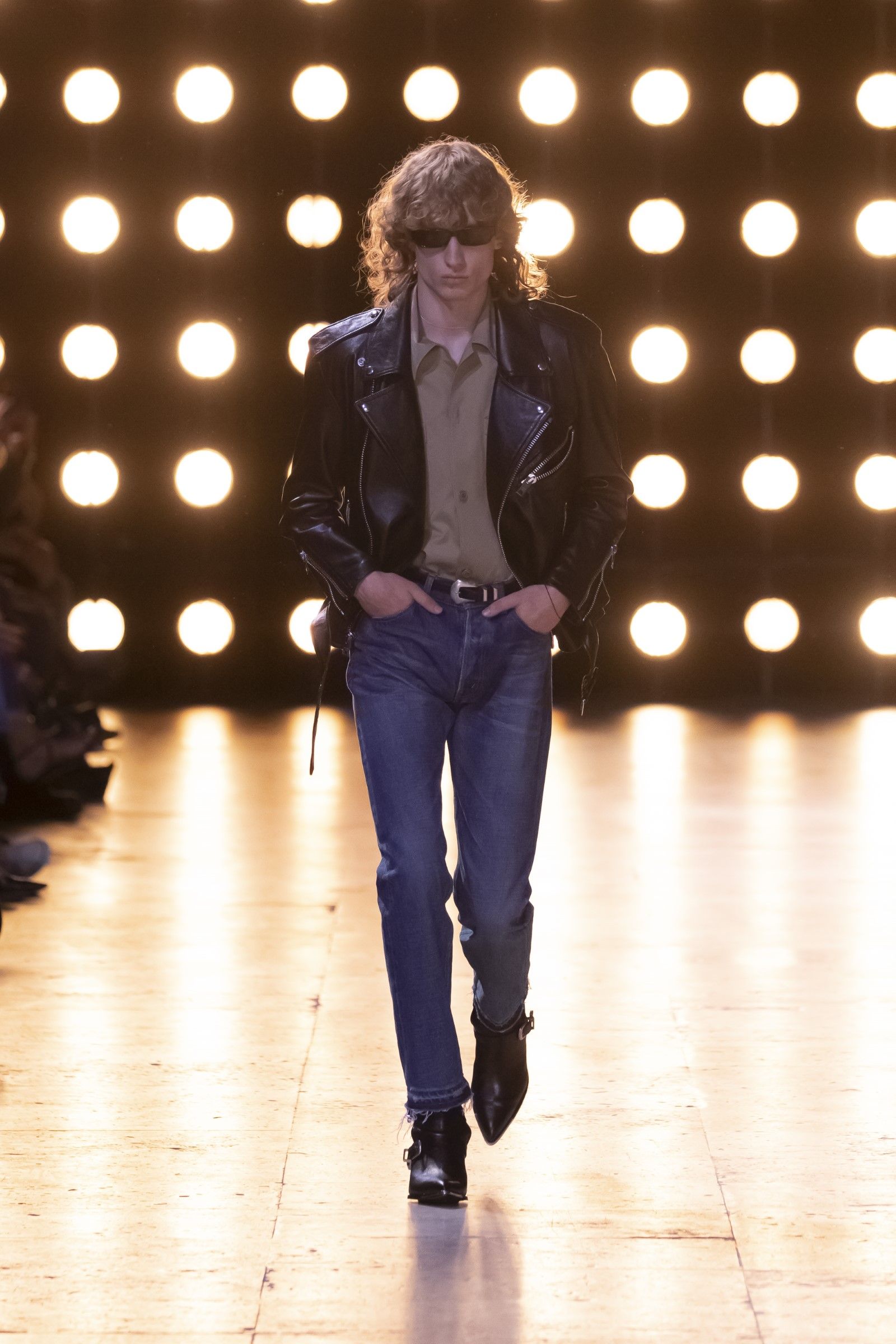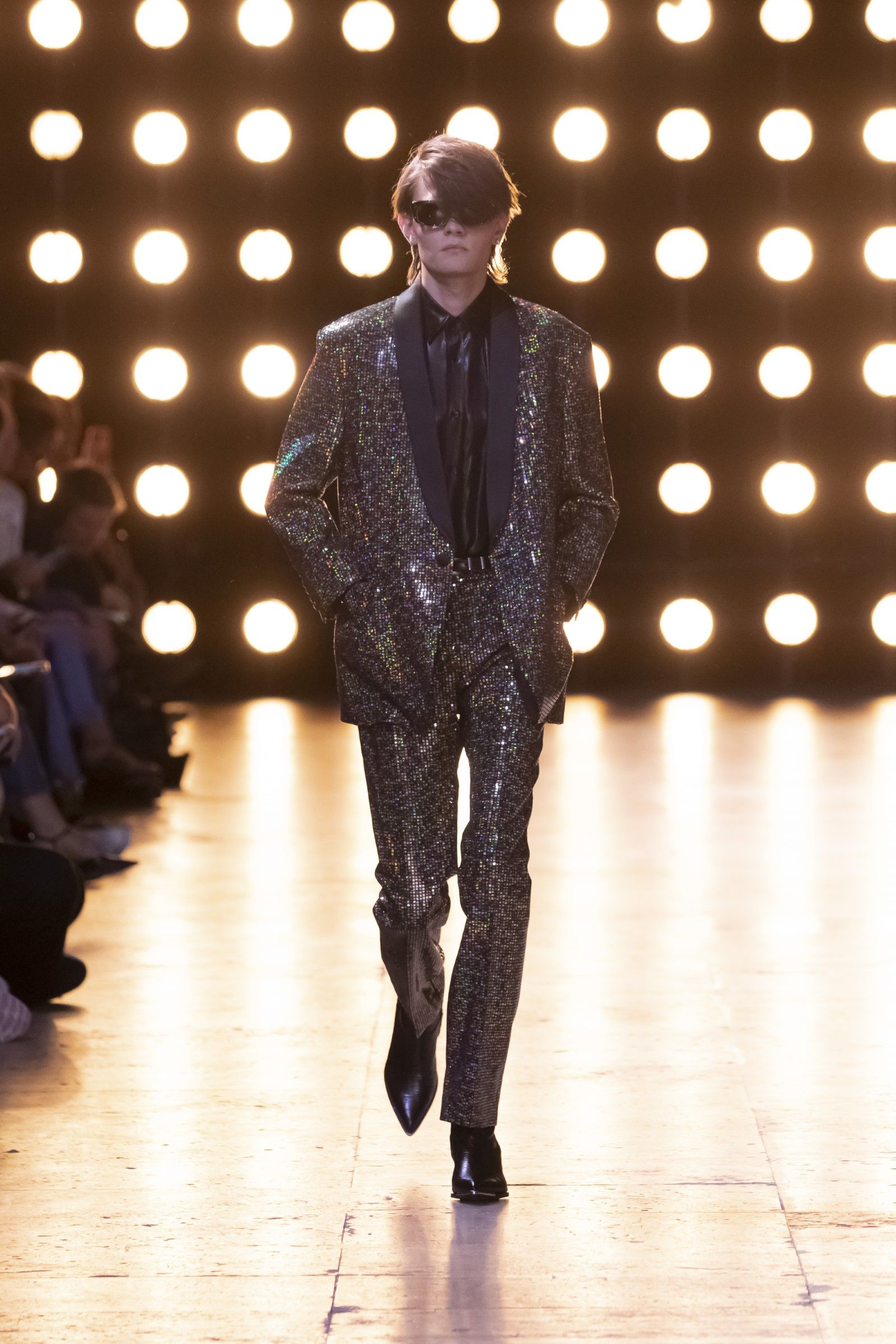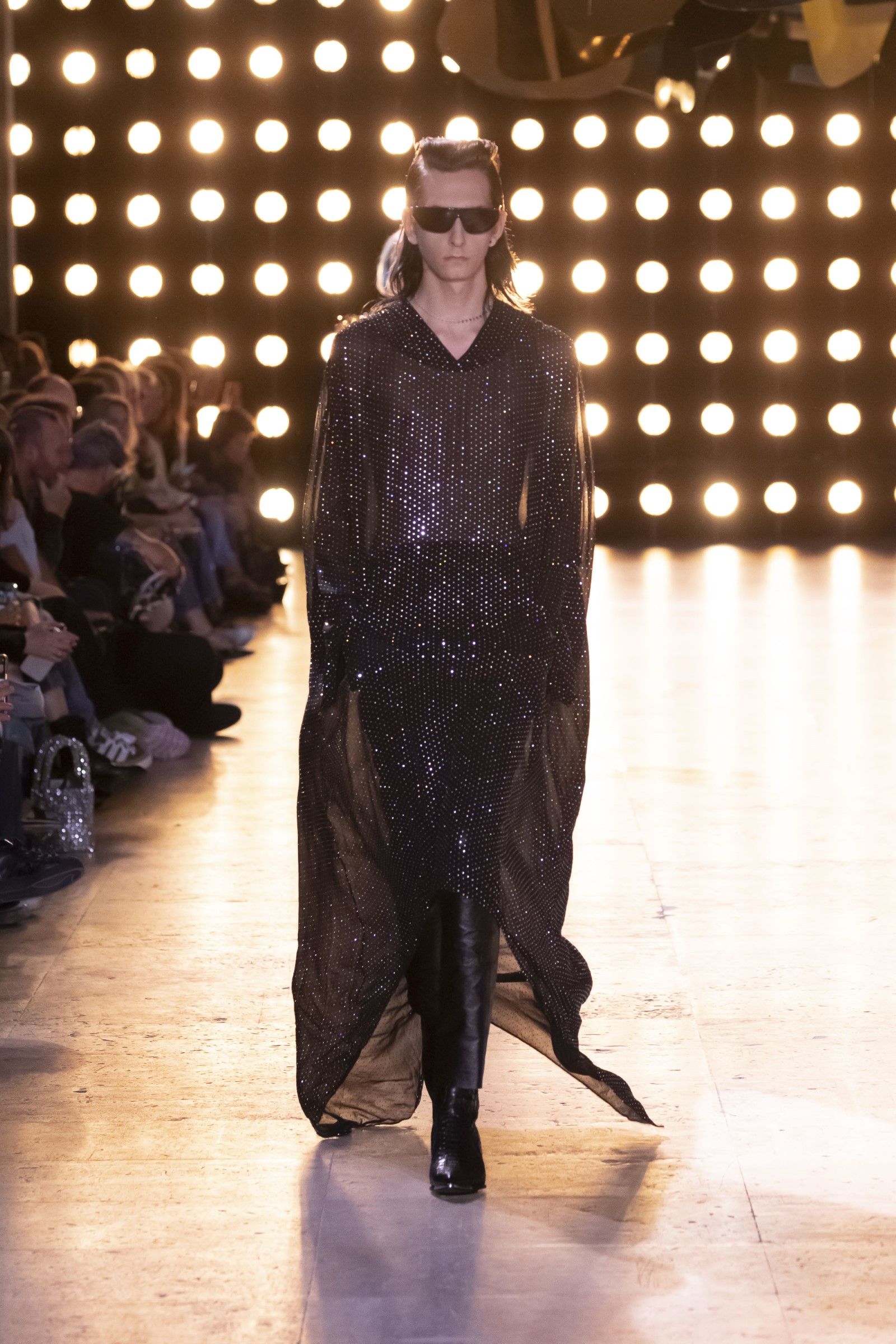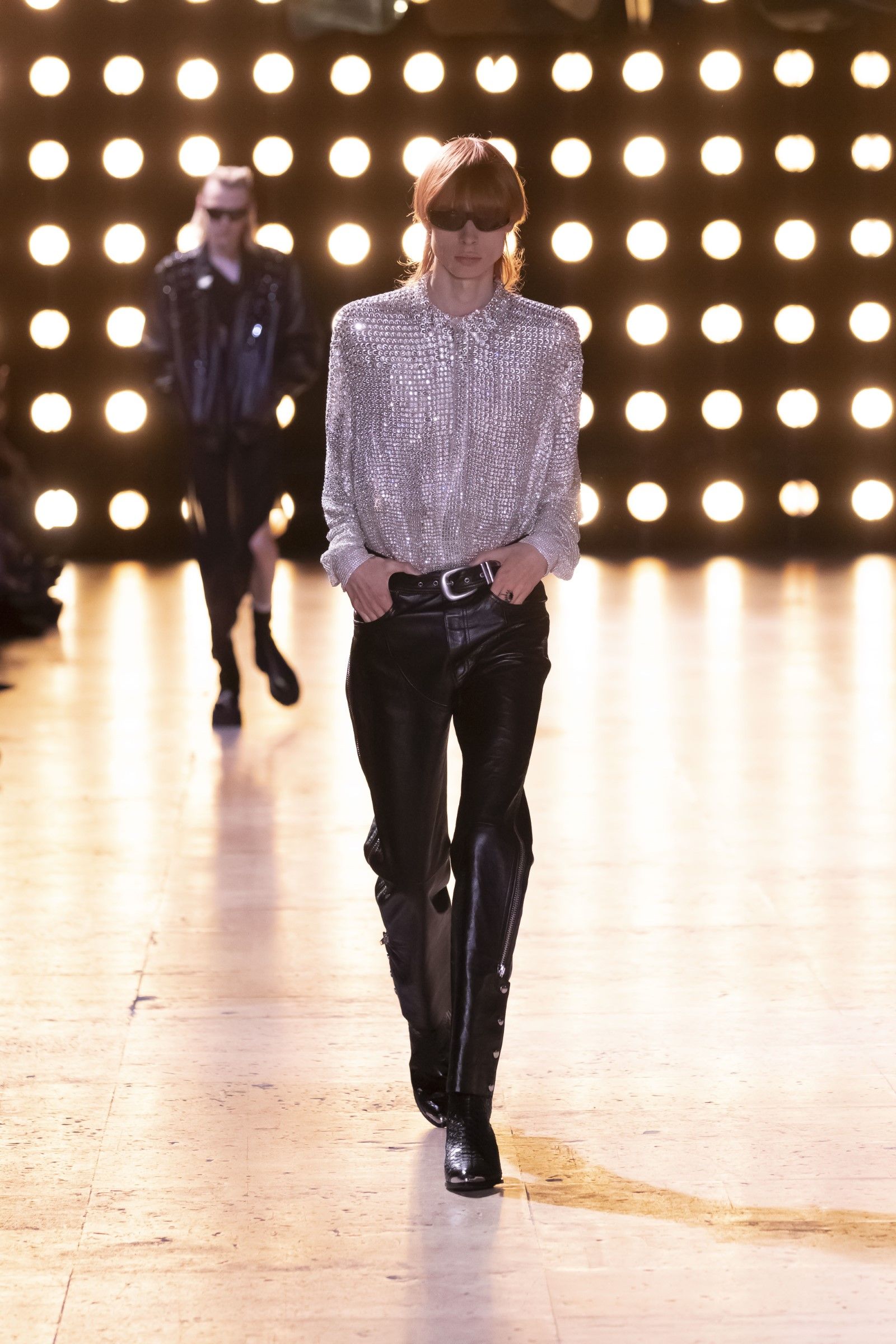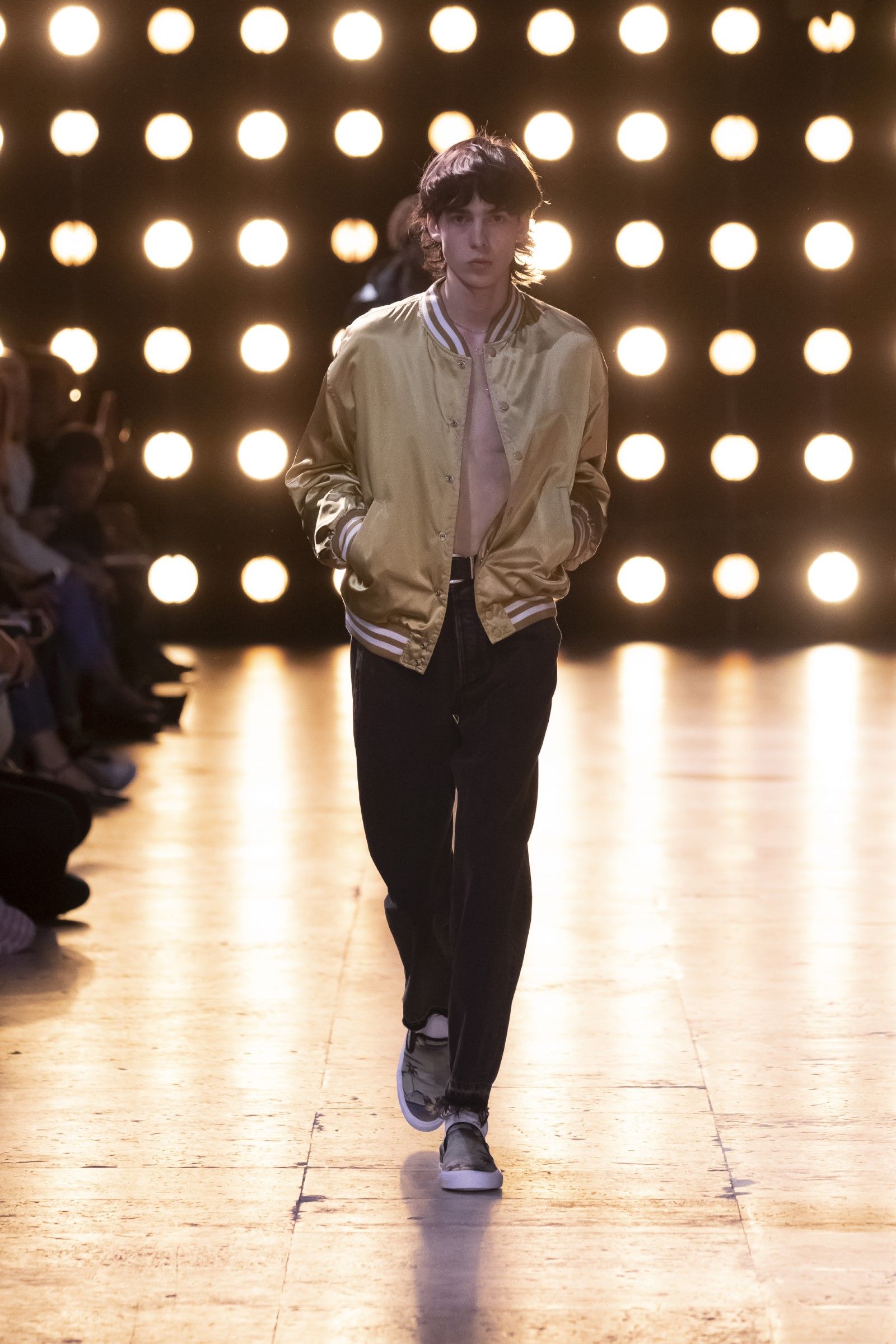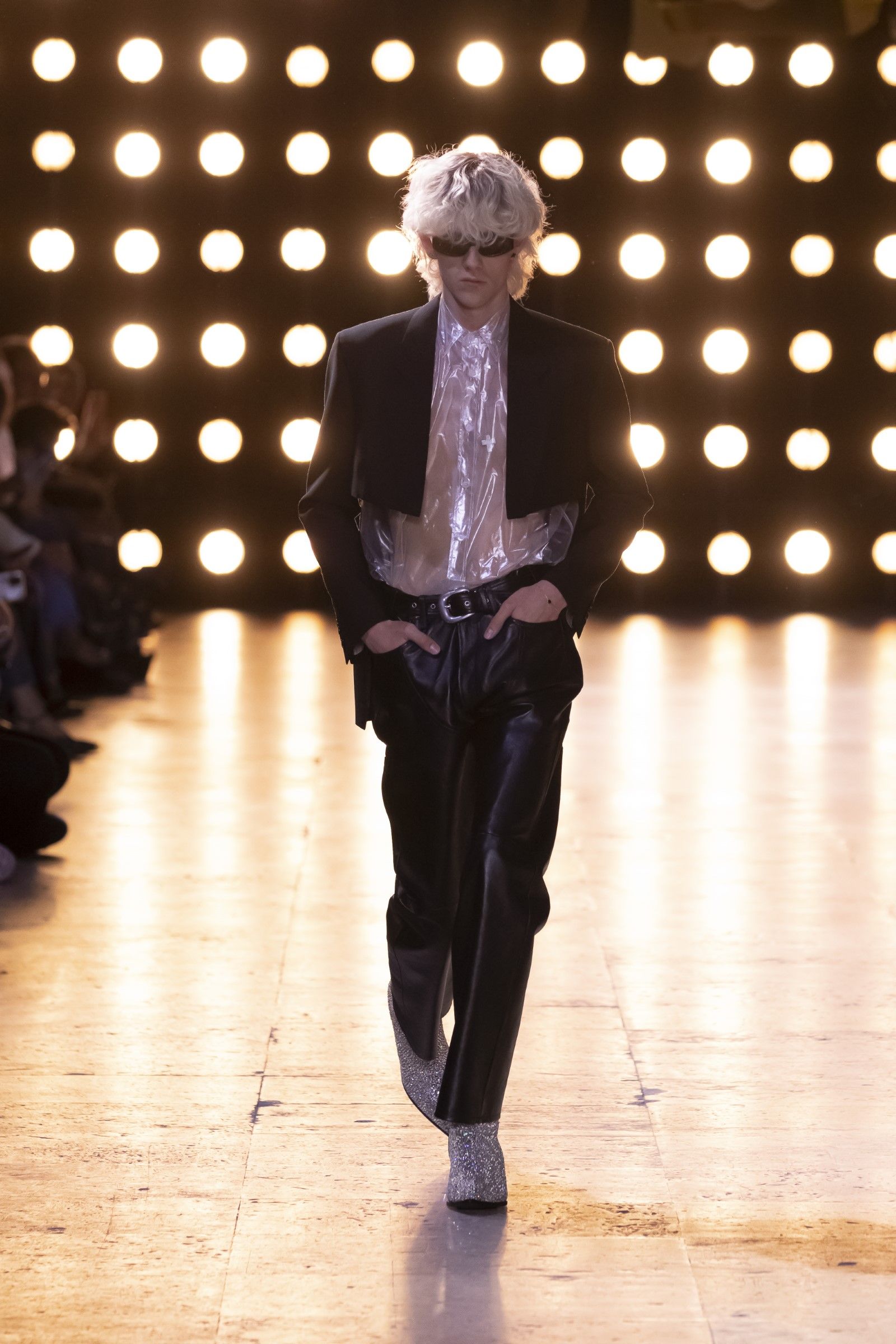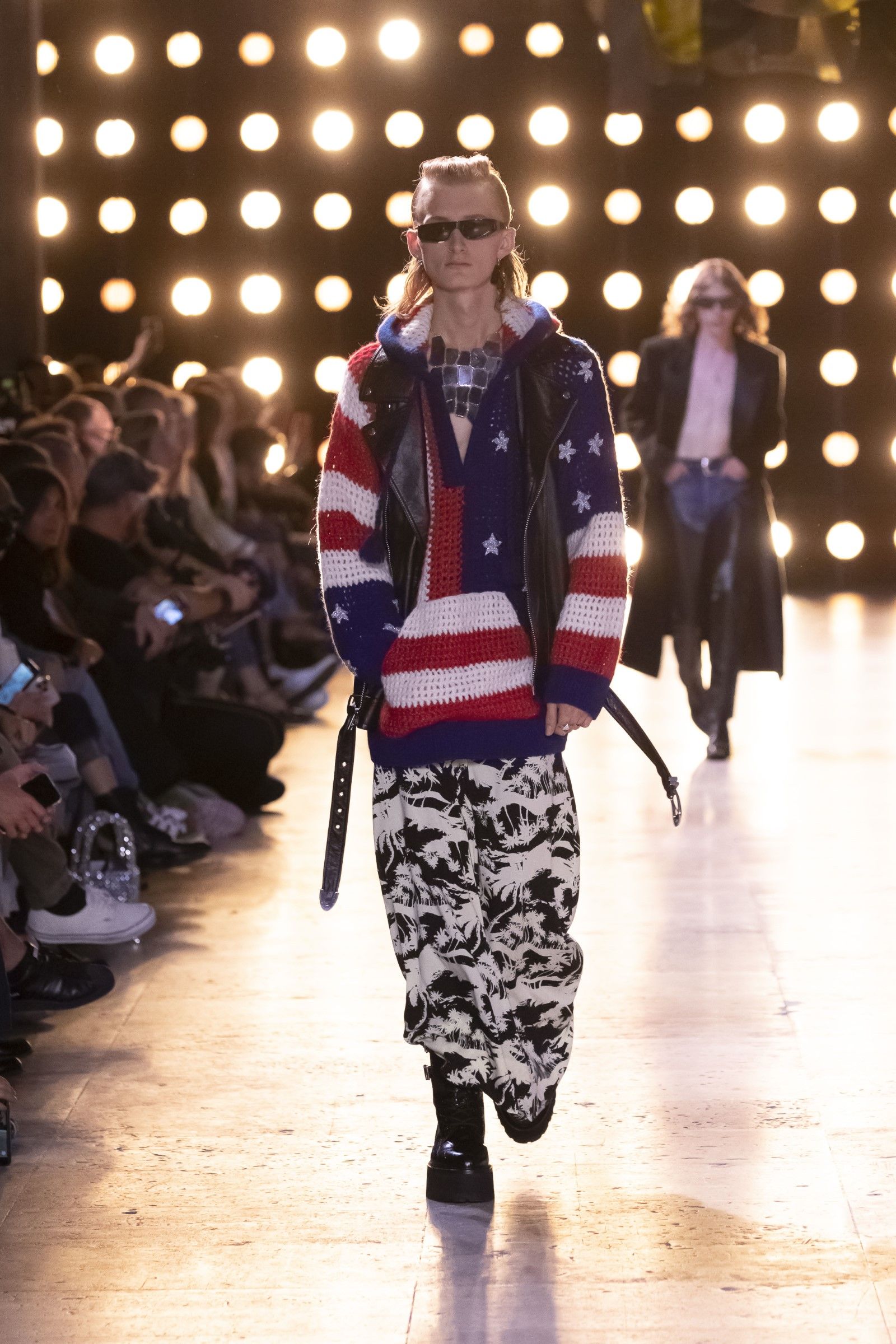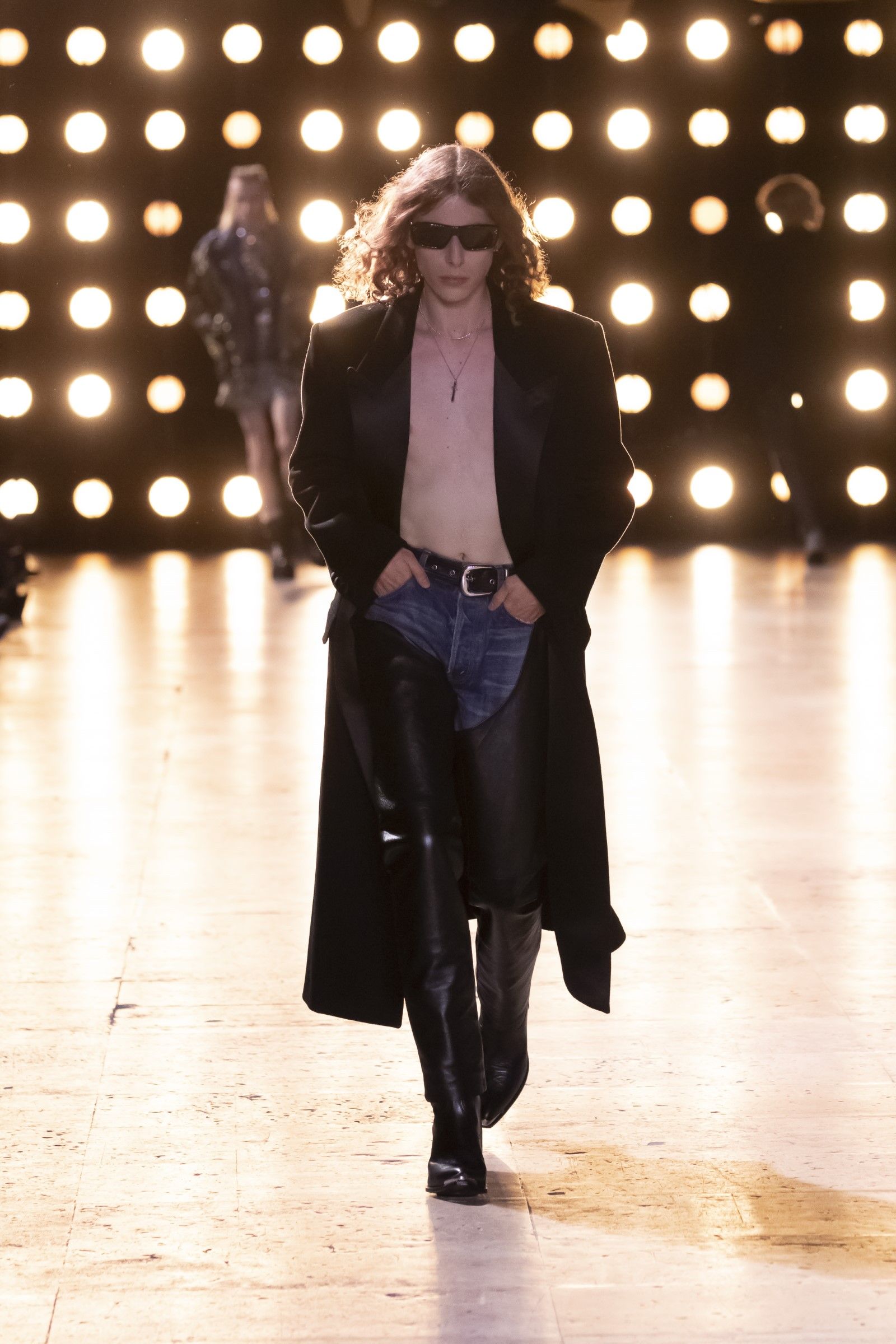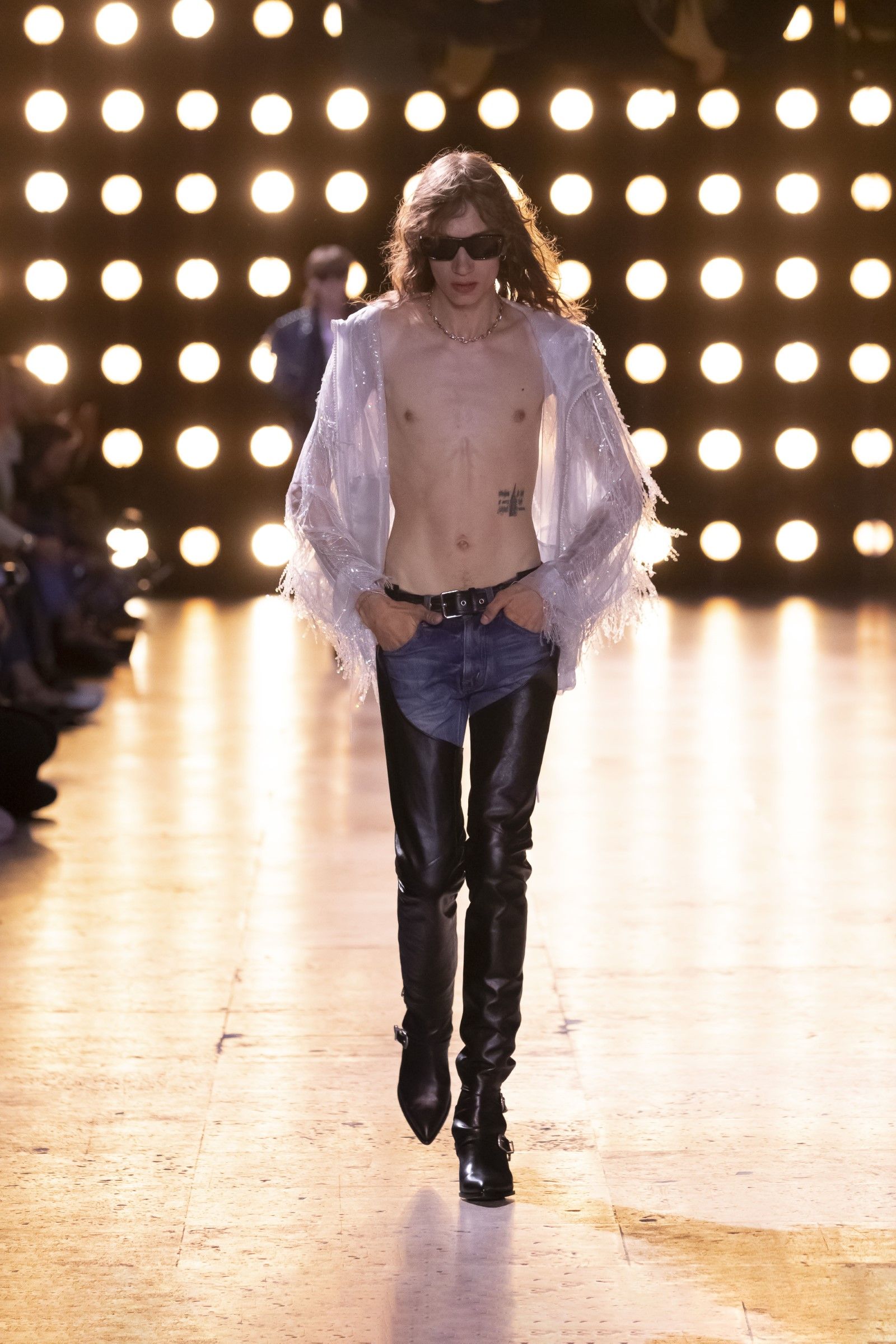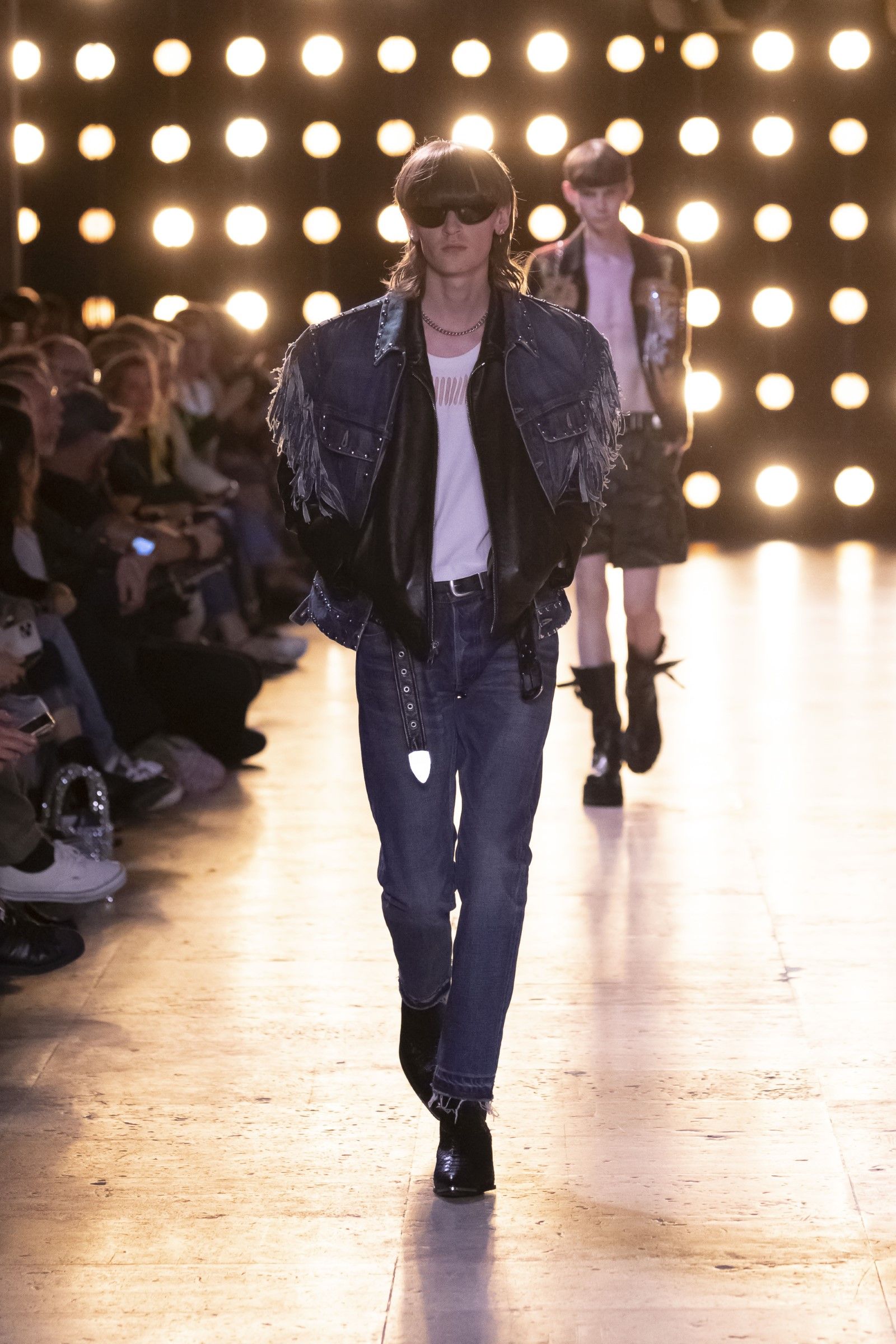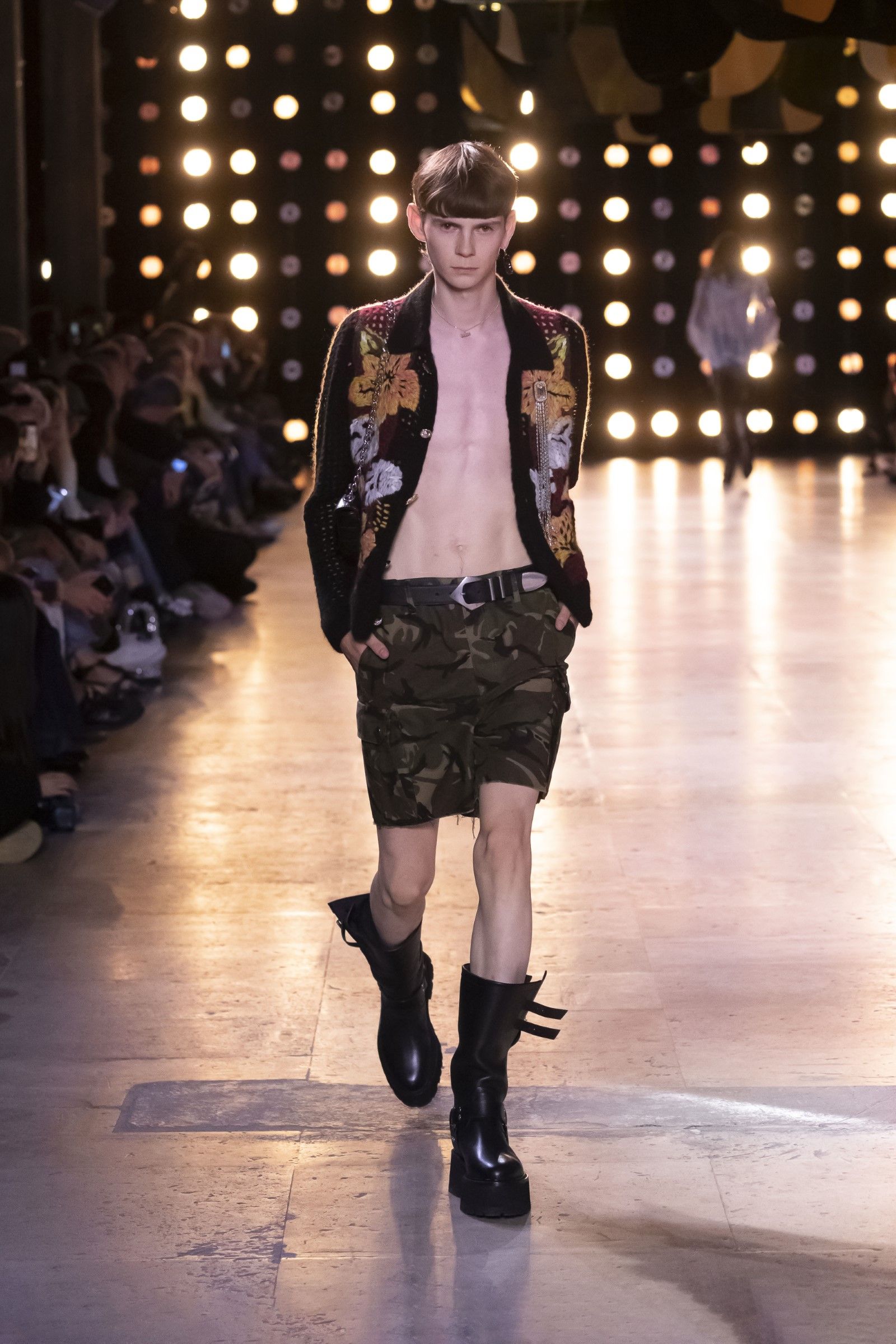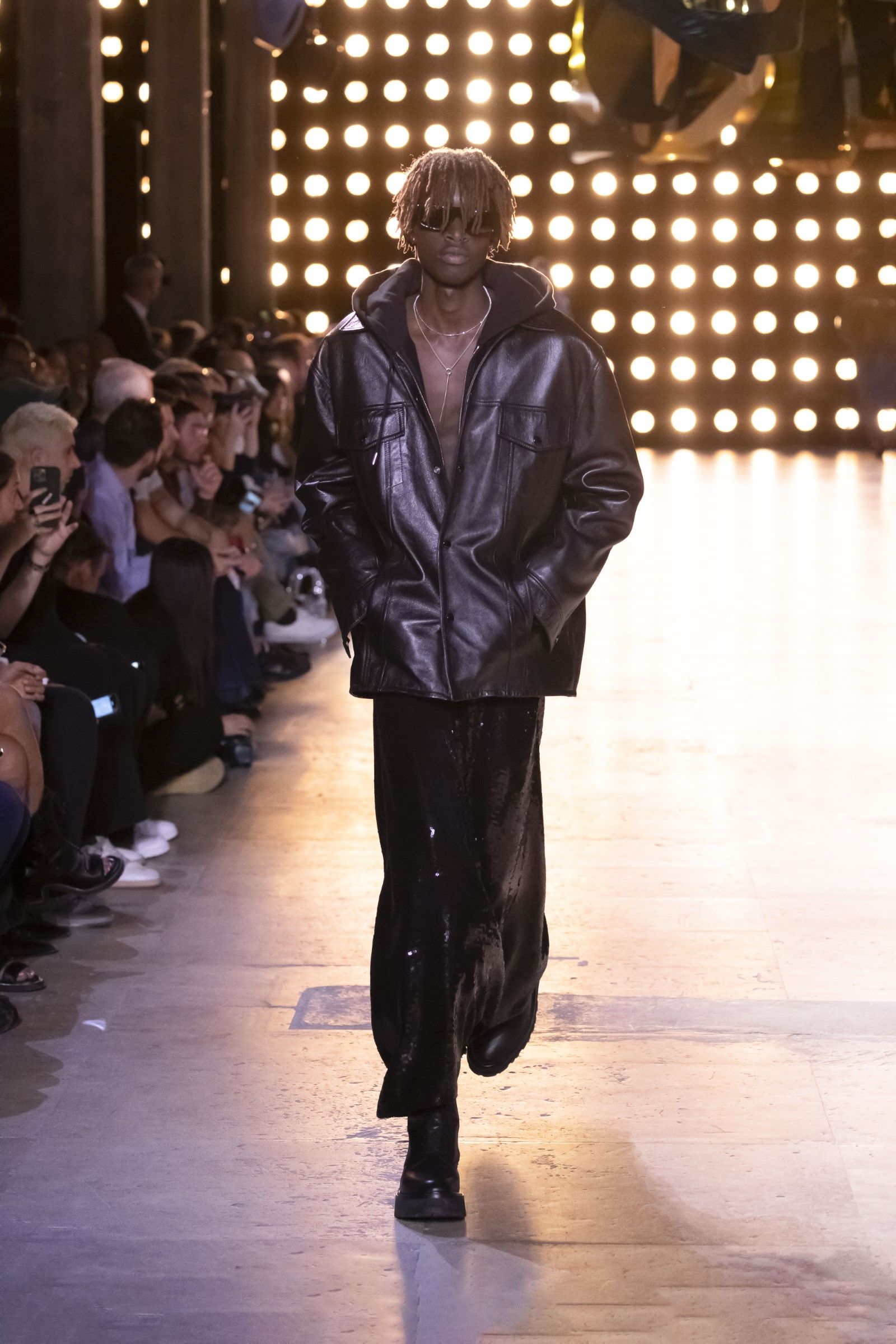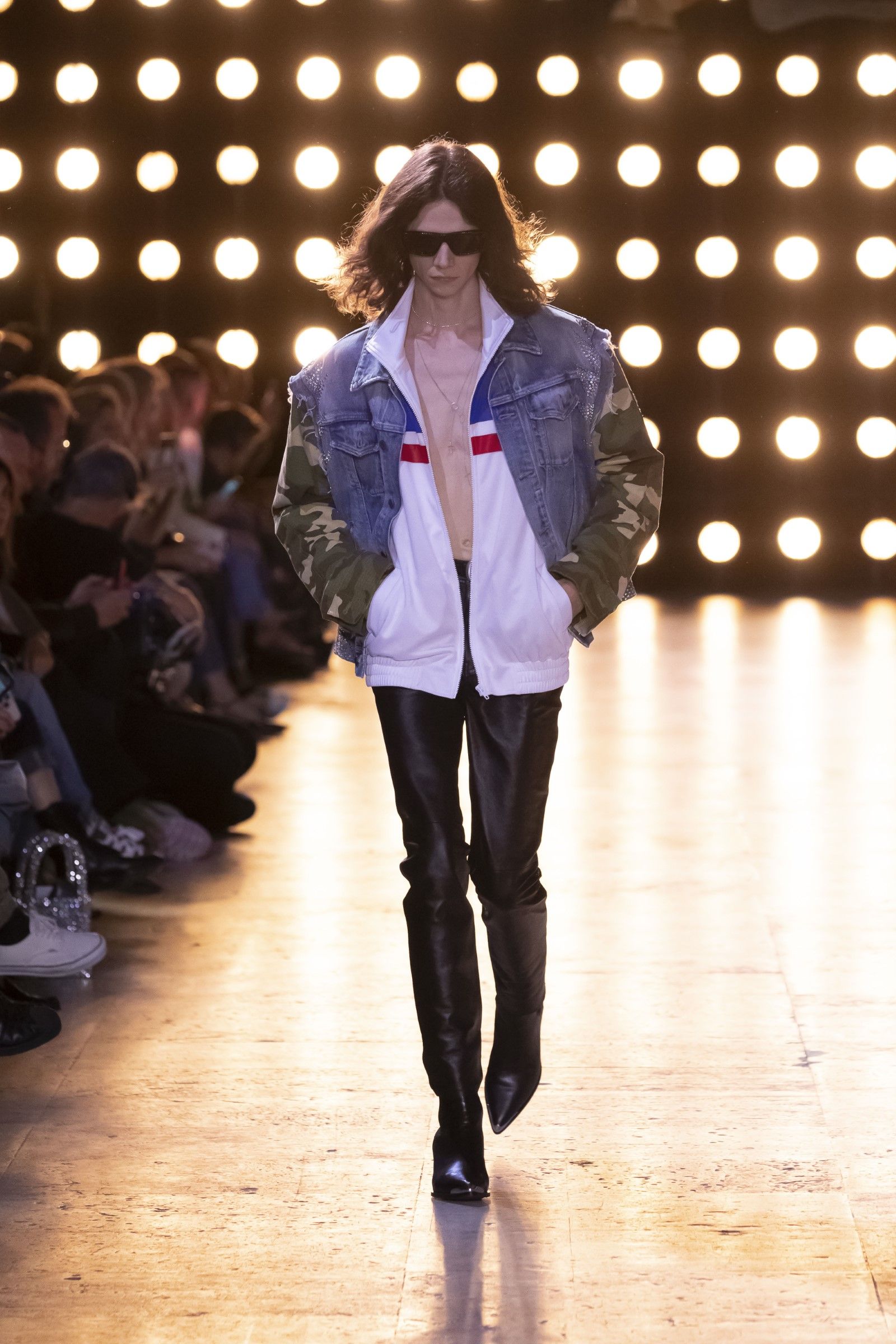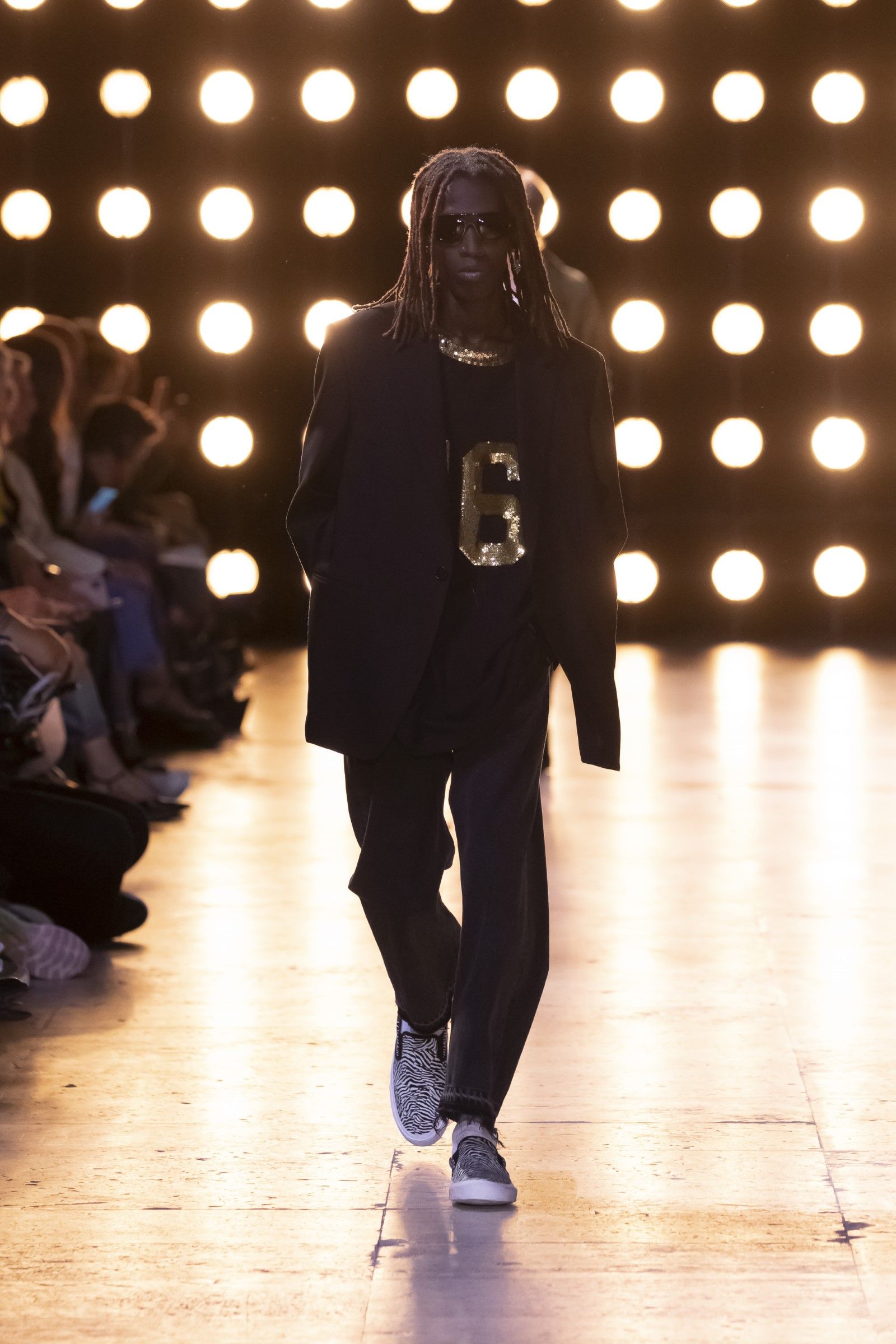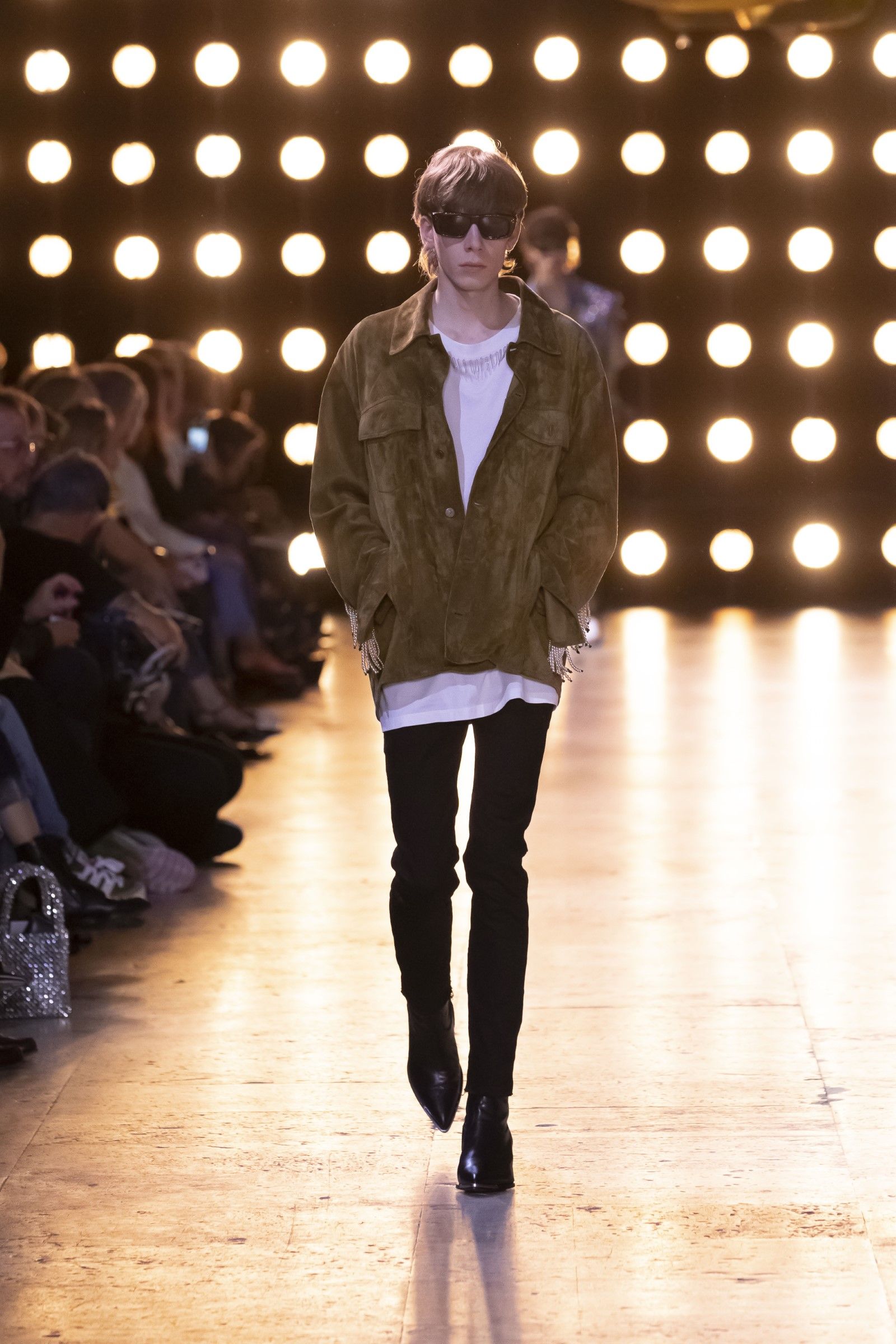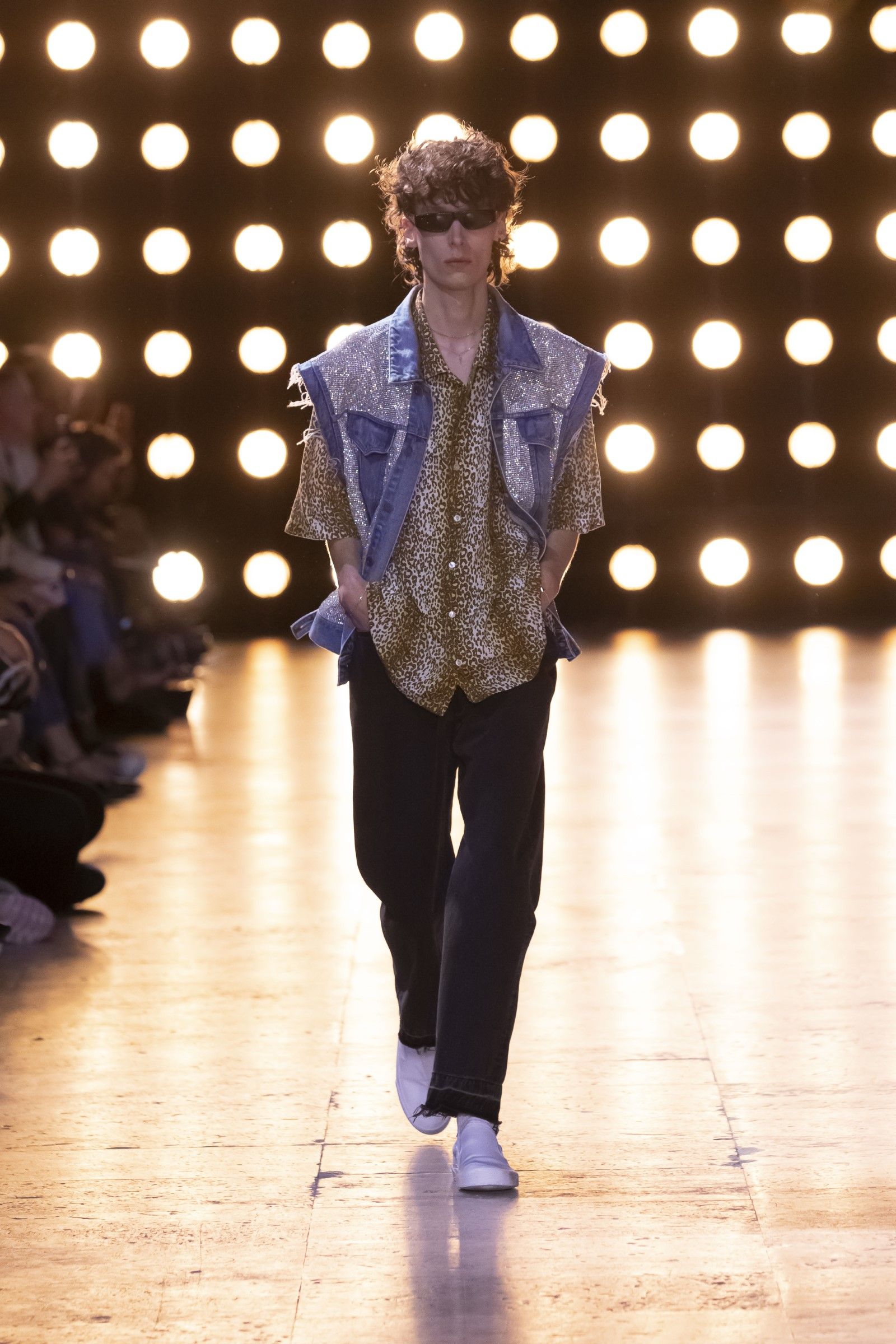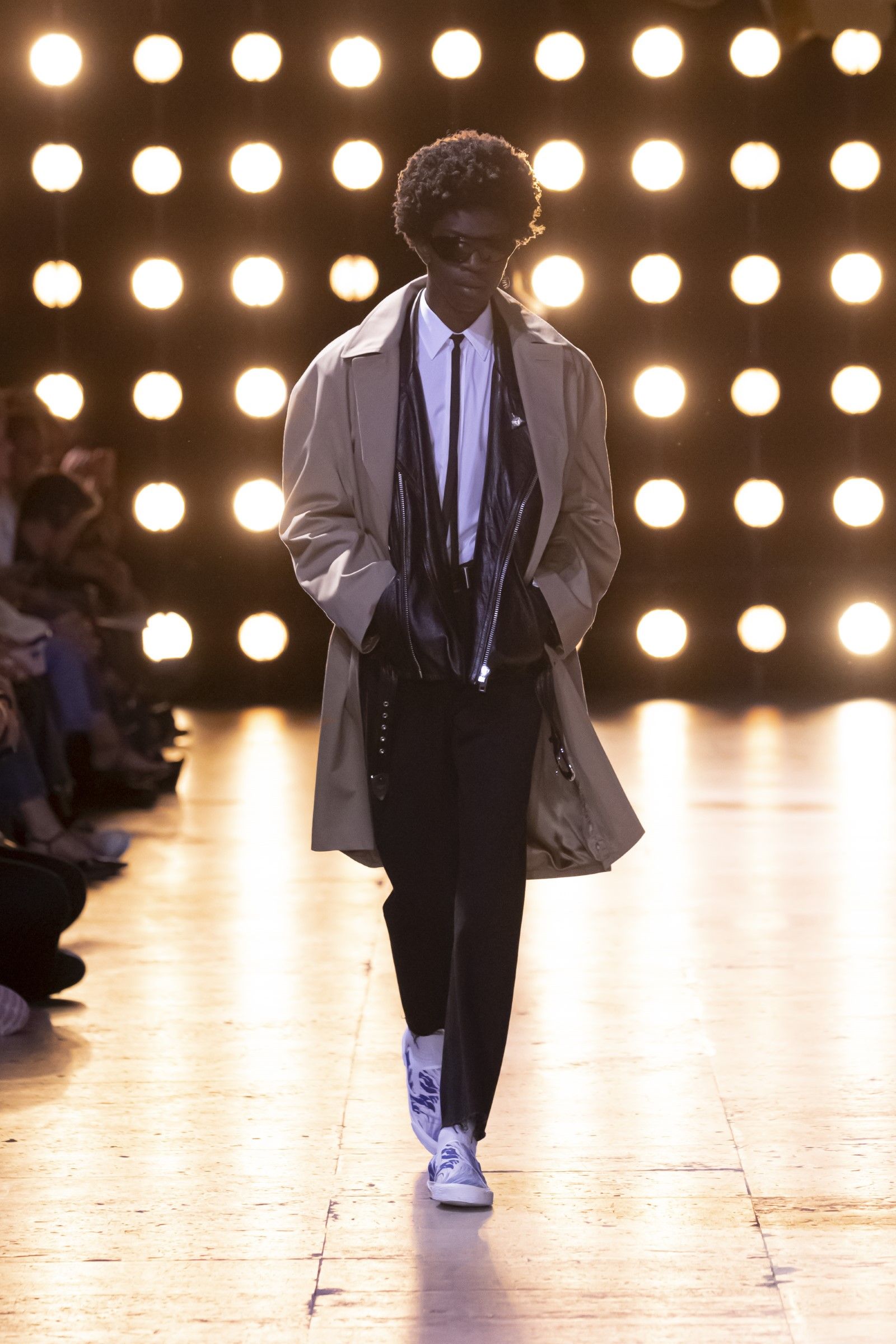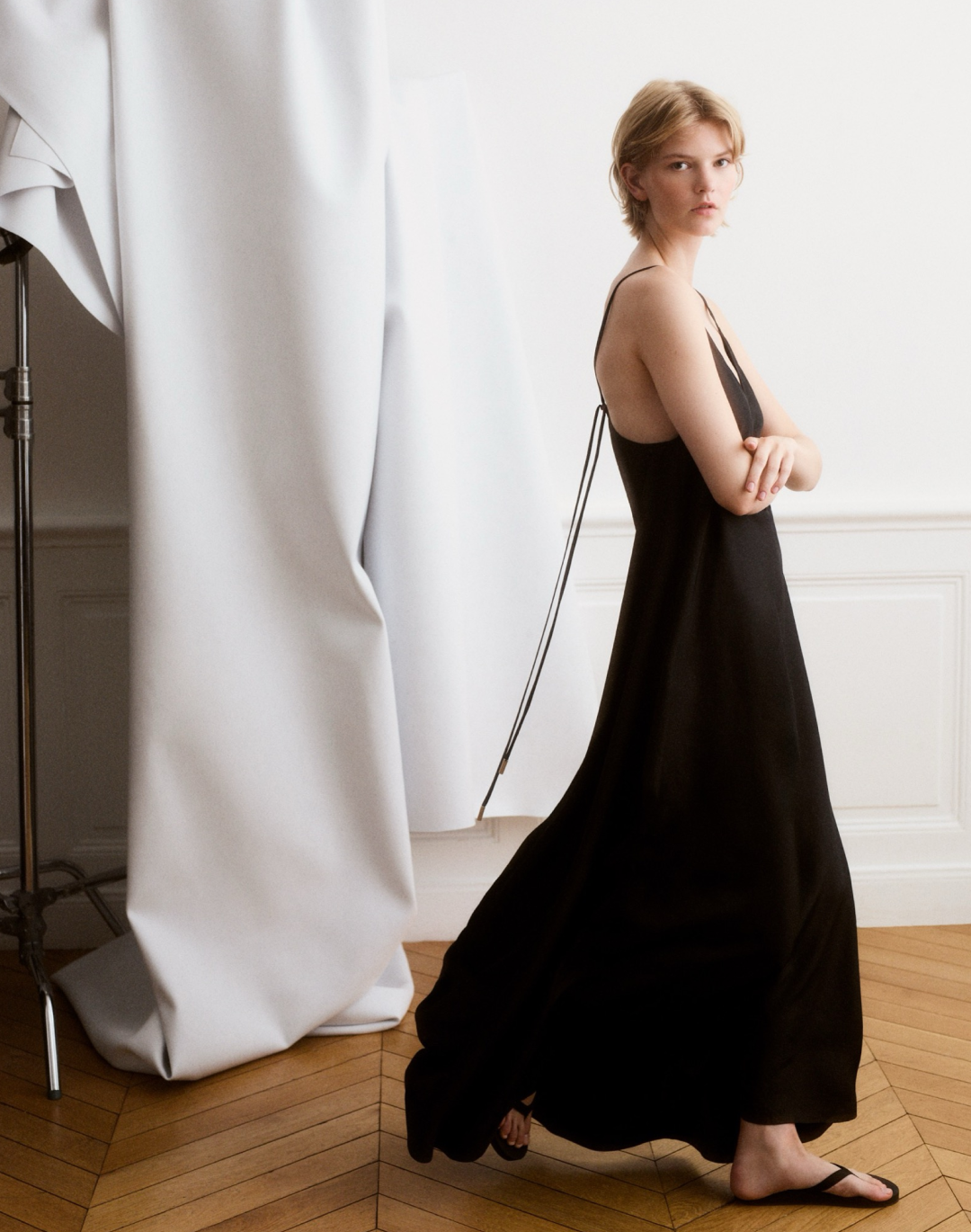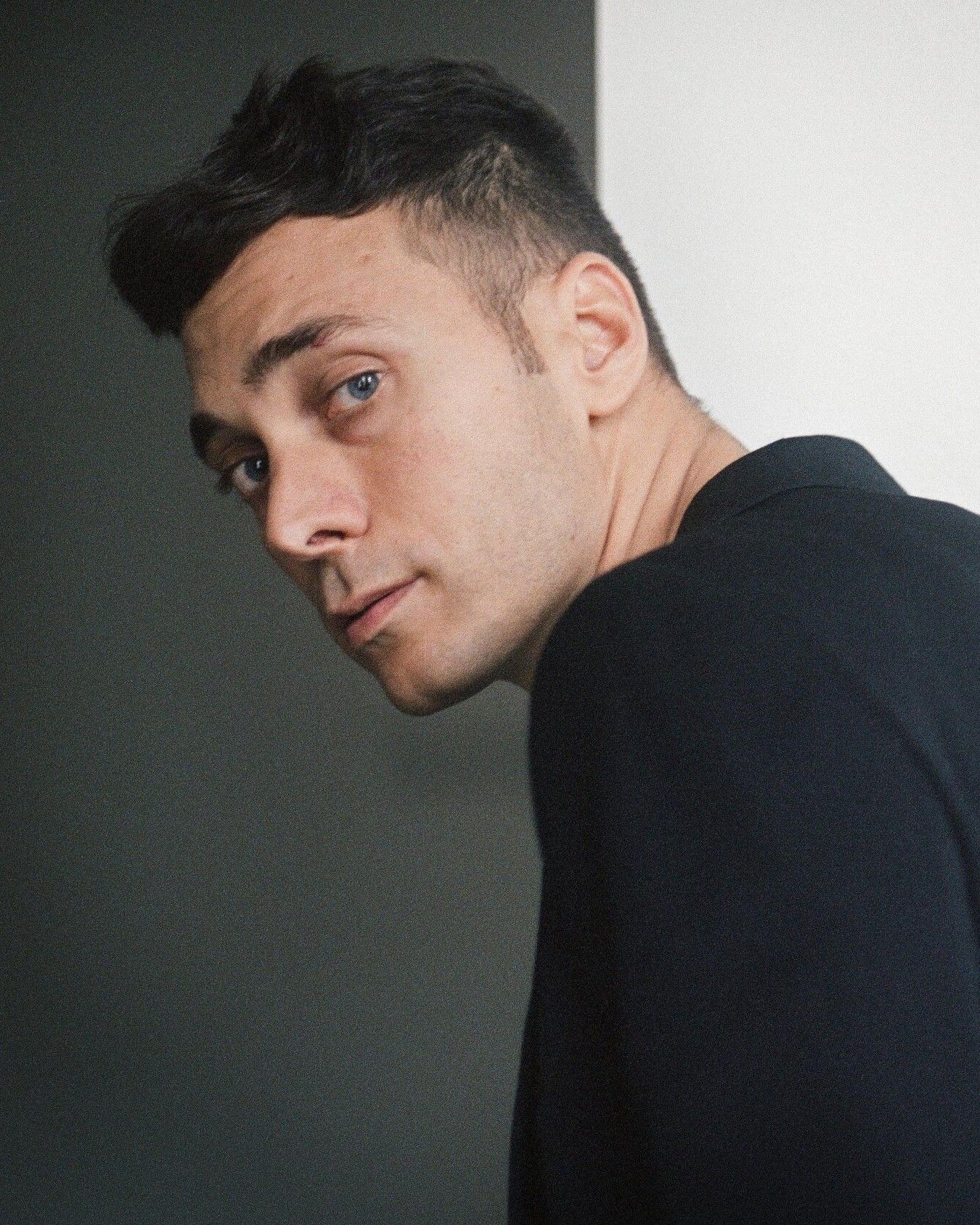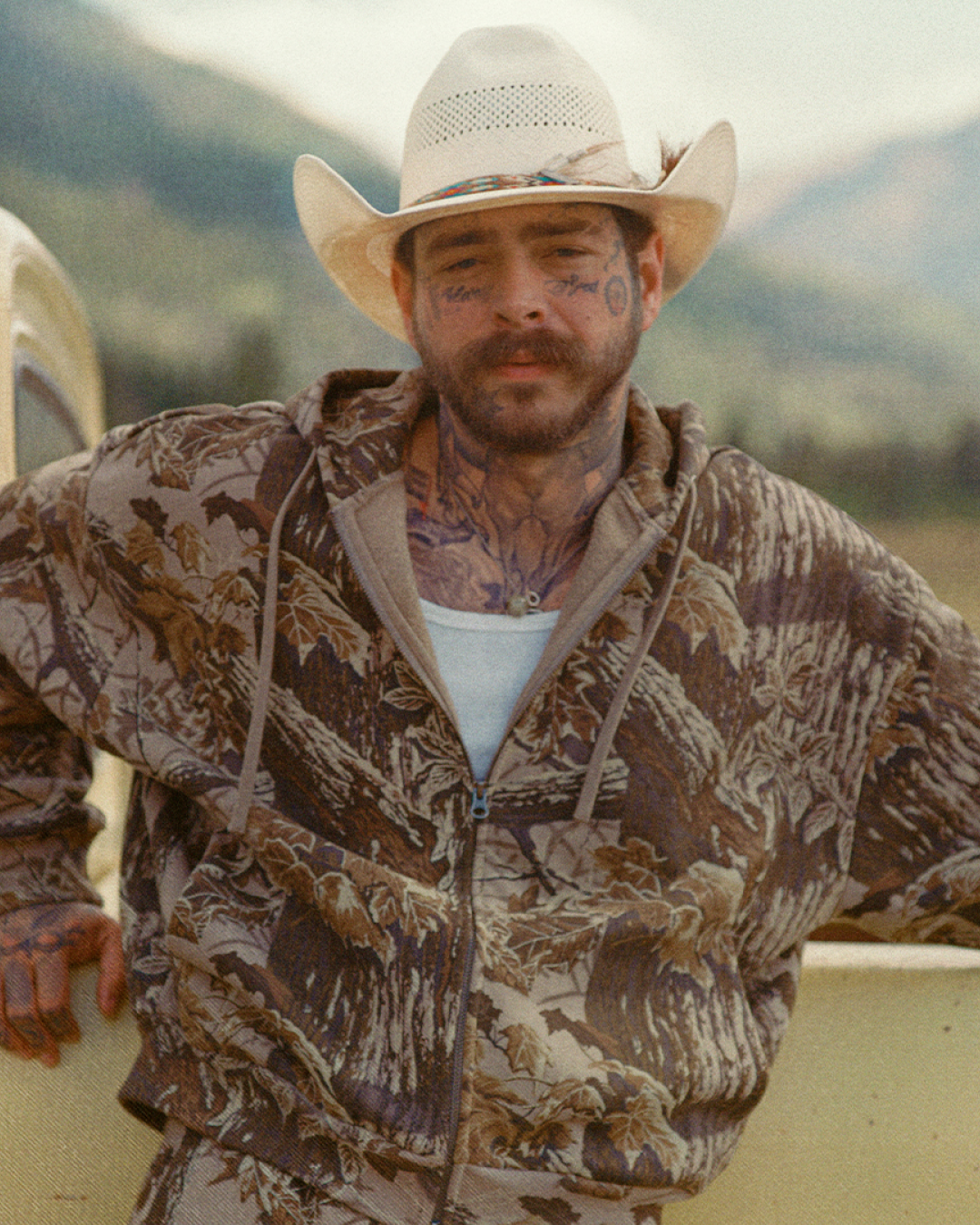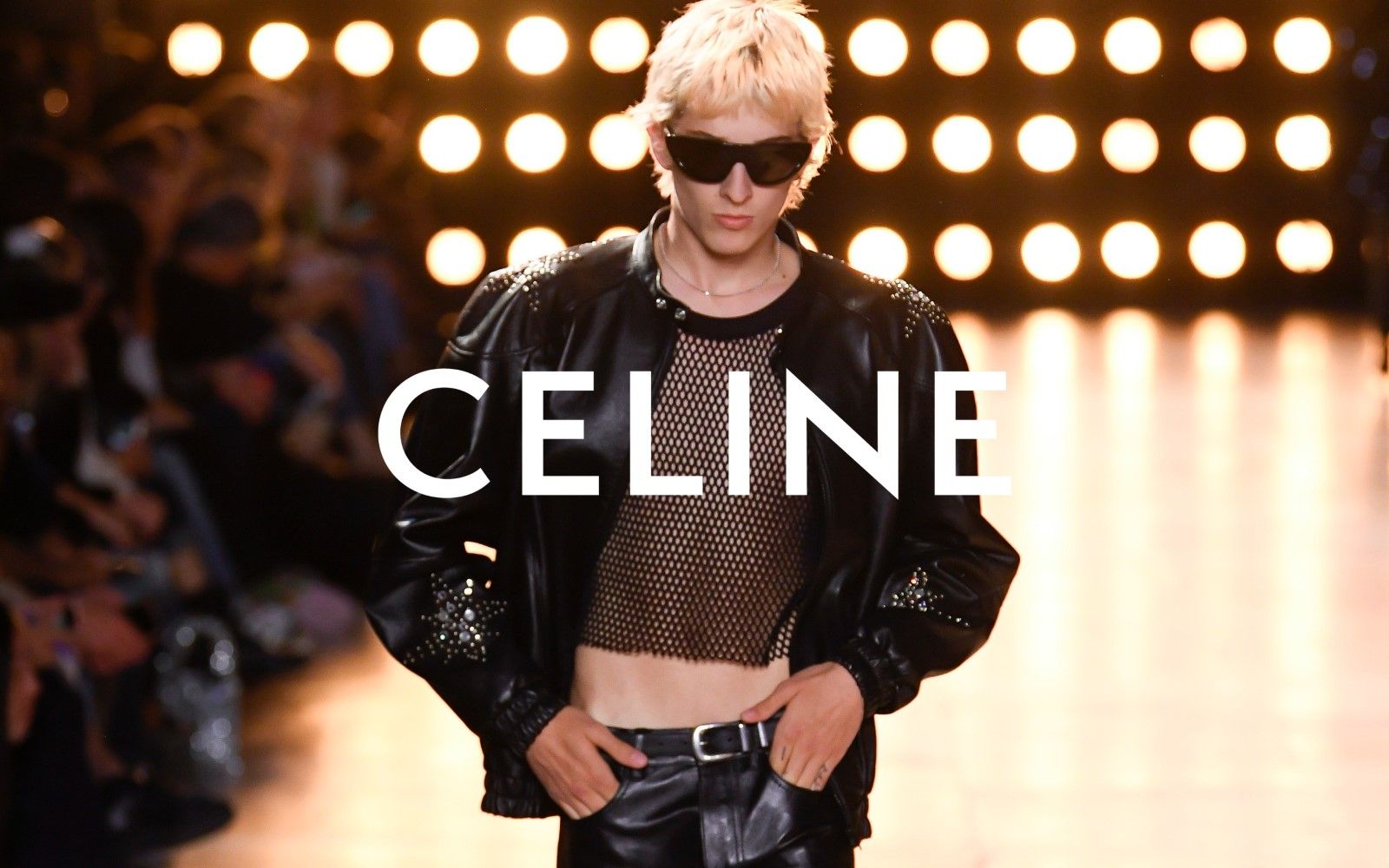
Twenty years of Hedi Slimane with Celine's SS23 show Designer returns to Palais de Tokyo 20 years after his first groundbreaking Dior Homme show
Yesterday at the Palais de Tokyo was Celine's 15th show in the Hedi Slimane era. It was a return to physical shows for the brand, which had relied on digital fashion shows for the past few years, marking a series of milestones for the designer's career and for his brand. Indeed, Slimane's fans will have recognized the typical structure of the runway of the show, with the wall of lights behind the models and the flash that precedes the start of the show, but also the fact that the very Palais de Tokyo location was the same one where, 20 years ago, Slimane himself had debuted with his mythological first collection for Dior Homme in 2002. Beyond the various anniversaries, the closing night of Paris Fashion Week was crowned by the presence of Lisa from Blackpink and Kim Tae-hyung, absolute stars of K-Pop who drew a huge, adoring crowd in front of the Palais de Tokyo who, as WWD's Miles Socha reports, were greeted from the balcony by the two singers as if they were at a royal parade. Along with Louis Vuitton's show, Celine's was perhaps the only one in Paris to attract such a siege of crowds - so much so that it felt like a throwback to those monumental shows of yesteryear for which crowds thronged outside the gates. That's the power of the rockstar attitude of Slimane, who entrusted this year's soundtrack to the band Gustaf defined by the brand's «the strongest emerging New York band, they’ve caught the attention of luminaries like Beck and Matt Shultz of Cage the Elephant - who had the band open for him at a secret loft party».
The name of the show, on the other hand, borrowed from one of the works of Renata Petersen, another contemporary artist who decorates ceramics with sarcastic and cutting phrases, was Dysfunctional Bauhaus - a name that is a contradiction in terms since the Bauhaus itself was an aesthetic current for which form depended on function. Rather than a reference to the historical Bauhaus, then, one might think that the reference was to the pioneering gothic rock band Bauhaus - which had experimented with a large number of musical genres such as glam rock, psychedelia, and dub reggae in a manner similar to how Slimane himself, in his own collection, mixed rockabilly, grunge, and glam influences. Although there is not a single word in the show notes devoted to the clothes, which were predictably no-nonsense in true Slimane style, it is worth noting how, twenty years after the debut, the language developed by the designer has become so immediately distinct and recognizable that it can flex and adapt to different times and eras without changing.
More than in other collections (and therefore even more so than in Cosmic Cruiser) androgyny and genderlessness found their way onto the runway with a series of looks that went largely beyond the re-issue of a cliché: one of the models wore a sheer-shouldered top that included a very long train that made the look look like a single evening gown, another wore a crop top under a blazer and was identical to the looks seen in the brand's women's shows, still others wore long shimmering blouses while a graphic T-shirt read I am the boy that can enjoy possibility. As if Hedi was alluding to the fact that his designs and languages do not have to do acrobatics to adapt to the times and evolutions of society but, rather, that the very tradition of subcultures from which the designer draws inspiration already contains all the seeds of social progress that now other brands strive to conquer. Slimane has been making his models wear skirts for twenty years (especially in Dior Homme's FW04 and SS07 collections), and it has always been twenty years that Slimane has been playing with ideas of youth, fragility, and the re-discussion of dominant cultural archetypes, and it was in this very show that the references to the past and to Dior Homme's shows of the early 2000s appeared. After all, Hedi was one of the most revolutionary voices in menswear in the early 2000s - and twenty years on, his language has transcended three different brands to become a grand continuing opus.
Over time Hedi has had to adapt to the times, clearly, and she has also done so with some ease. And if, over time, Pete Doherty has been replaced by K-Pop stars, if his tobacco hipsters have become tiktokers covered in glittering studs, and if his entire world of Parisian references, Londoners, and Losangelines had to open up to a new generation of digital consumers now that his shows are back in real life Hedi has reaffirmed his role as heir to the great tradition of French designers capable of bringing an entire universe of different references, imagery, and disciplines into his own myth, condensing them into a single aesthetic. Fashion, in short, remains fashion-regardless of whether you look at it from an early 2000s magazine or an Instagram screen.










































